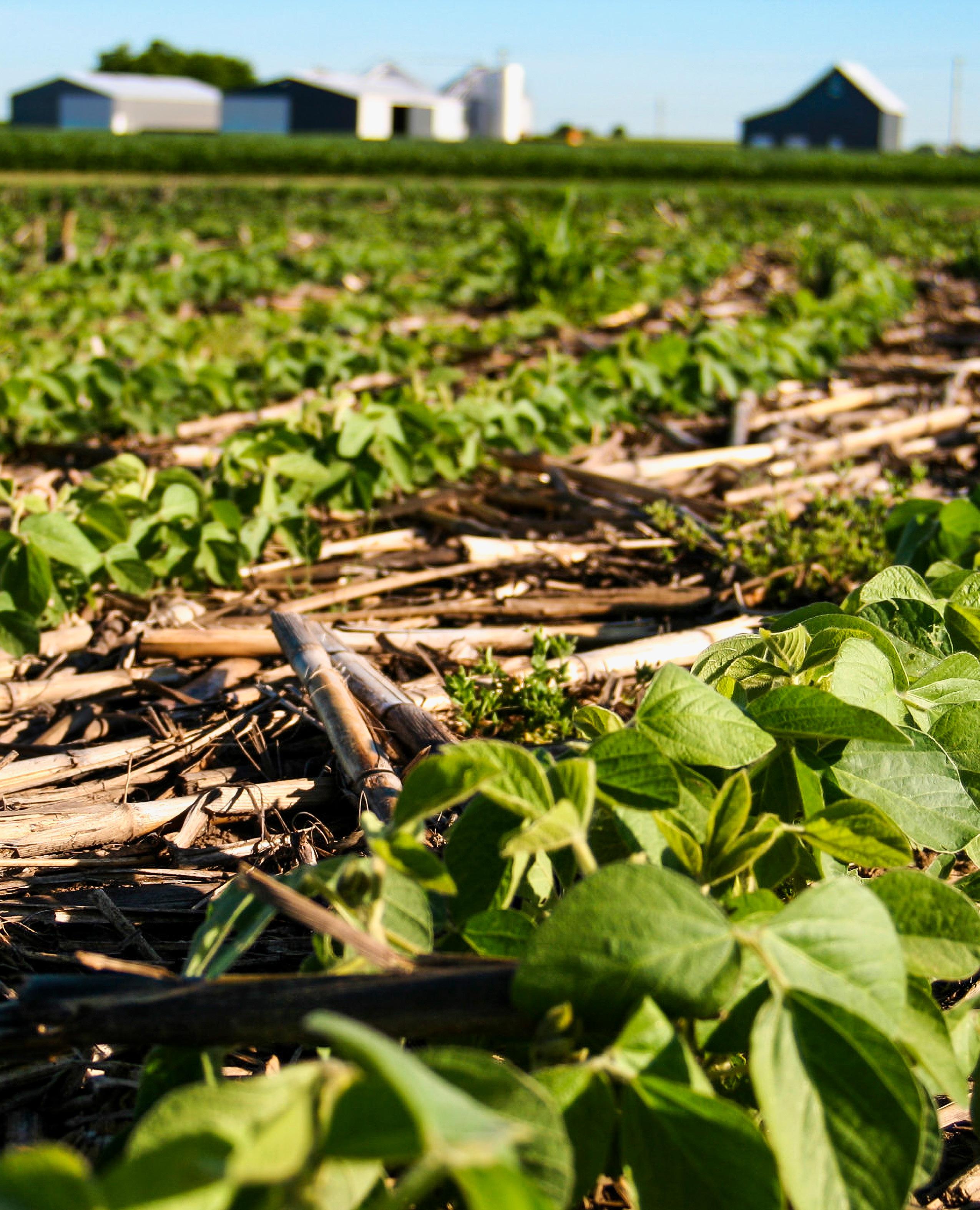

RESEARCHING A BETTER BEAN
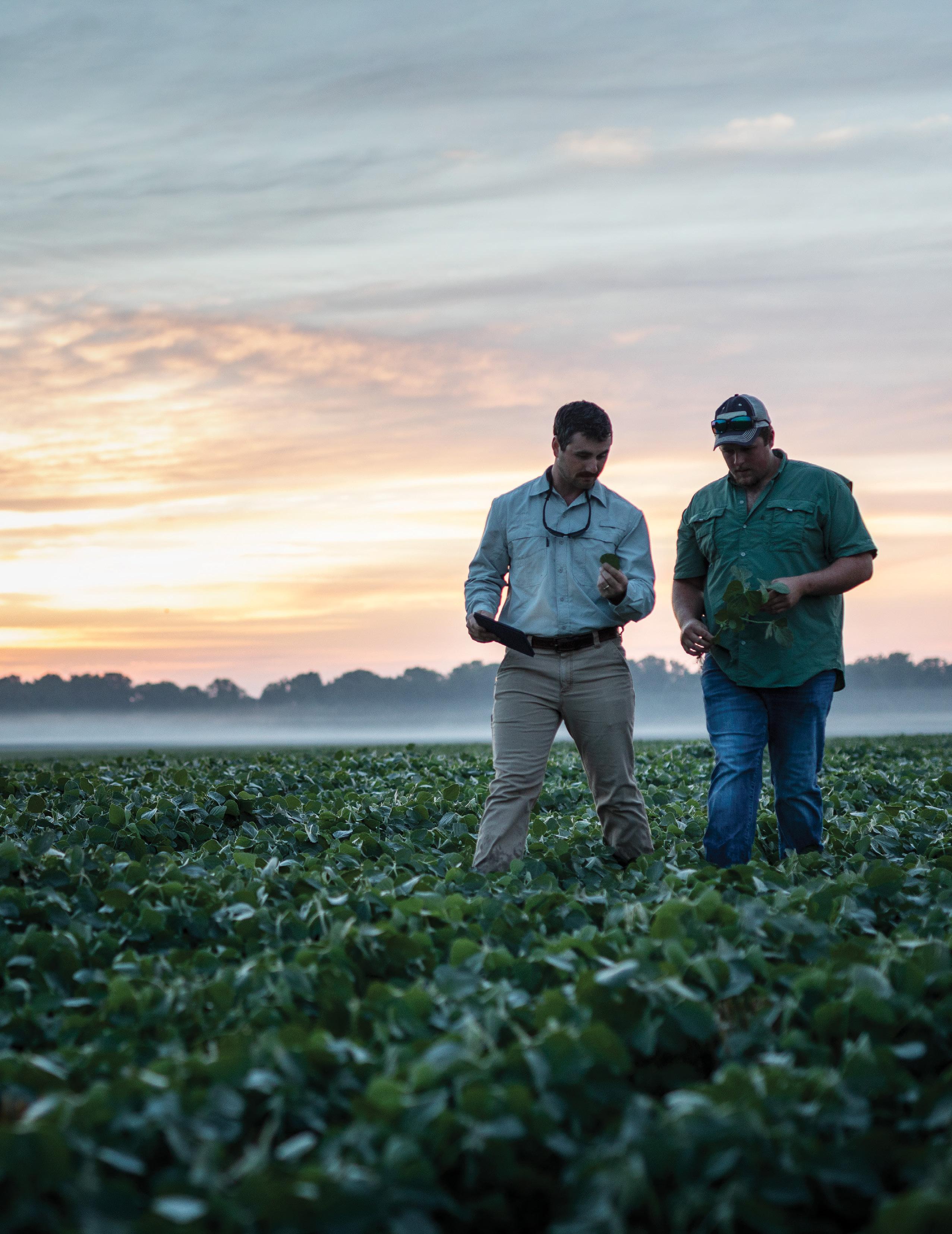
Whether you’re dealing with drought, flood, heat or other climate-related stress, the soy checkoff is working behind the scenes to diversify U.S. soybean genetics and increase stress tolerance. We’re looking inside the bean, beyond the bushel and around the world to keep preference for U.S. soy strong. And it’s helping make a valuable impact for soybean farmers like you. See more ways the soy checkoff is maximizing profit opportunities for soybean farmers at unitedsoybean.org

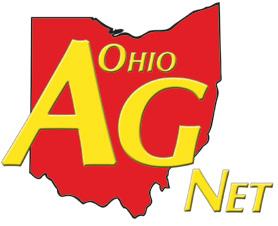

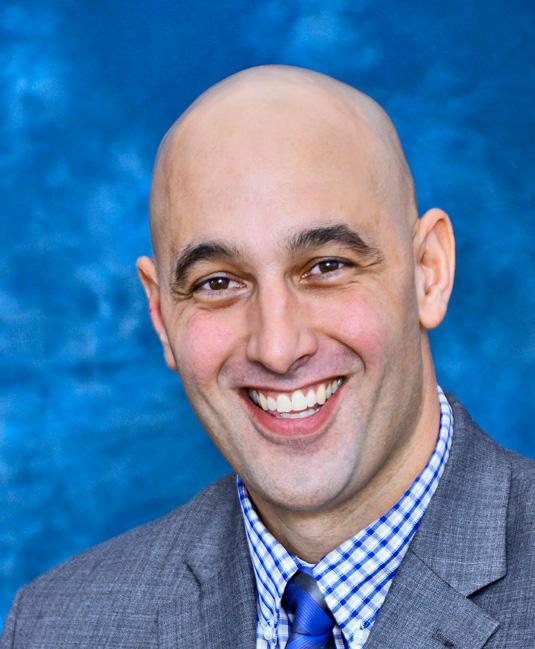
Ryan Rhoades
Ohio Soybean Association President Marion County soybean farmer
For the last two years, I have served as president for the Ohio Soybean Association (OSA), and it amazes me how much we have accomplished in that time. Most recently, our board worked to create its own $1,000 scholarship, which is available to Student & Young Adult members and/or immediate family of OSA members. More information about the scholarship can be found at soyohio.org/scholarships. The Ohio Soybean Council Foundation also has several scholarships available (see page 19).
One of my last duties as president will be attending the 2021 Ohio Grain Farmers Symposium, an event we host every year in partnership with the Ohio Corn & Wheat Growers Association. Last year we had to host the event virtually, but I am happy to write that this year’s program will be held at the Der Dutchman in Plain City on December 1 with registration starting at 8 a.m. Sessions will include information about biofuels, water quality and the upcoming Farm Bill. This event is free for all to attend, but please RSVP at www.ohiograinfarmerssymposium.org to reserve your spot.
Finally, I want to take this opportunity to thank OSA’s corporate partners for their support. Our industry is strongest when we uphold one another. Our partners’ commitment to promoting our mission to advocate on behalf of Ohio soybean farmers has helped bolster OSA events, distribute Ohio Soybean News magazines and ultimately ensure that our work in Columbus and Washington, D.C., can continue. It has been an honor and a privilege to serve as your president. I hope you and your family enjoy a safe and happy holiday season.

Ryan Rhoades

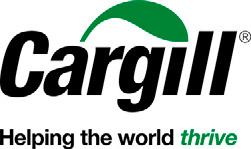

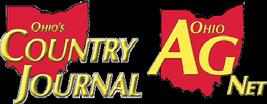
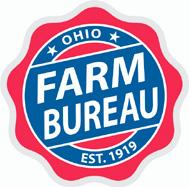



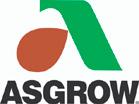




President
Ryan Rhoades, Marion County
Vice President
Patrick Knouff, Shelby County
Treasurer
Rusty Goebel, Williams County
Secretary
Jennifer Wilson-Oechsle, Van Wert County
Chairman
Scott Metzger, Ross County
Trustees
Jerry Bambauer, Auglaize County
Trish Cunningham, Union County
Bret Davis, Delaware County
Justin Esselburn, Holmes County
Caitlyn Heimerl, Industry Affiliate Ex-Officio
Jeff Magyar, Ashtabula County
Jeff McKanna, Hancock County
Derek Reusser, Holmes County
Andy Stickel, Wood County
Bob Suver, Clark County
Kerrick Wilson, Preble County
American Soybean Association
Board Representatives
Jerry Bambauer
Bret Davis
Scott Metzger
Staff Credits
Kirk Merritt - Publisher
Julia Brown - Editor
Madison Layman - Staff Writer
Brent Warren - Art Director
Barry Falkner - Photo Quality/Proofer
Ohio Soybean news is published six times a year by the Ohio Soybean Association, 918 Proprietors Rd., Suite A, Worthington, OH 43085. Phone: 614-476-3100. For address corrections contact Ohio Soybean News at 918 Proprietors Rd., Suite A, Worthington, OH 43085.
Web address: www.soyohio.org
E-mail: cdeboard@soyohio.org
Comments and statewide news articles should be sent to the above address. Advertising space reservation must be made by the first of the month preceding publication. In consideration of the acceptance of advertisement, the agency and the advertiser must, in respect of the contents of the advertisement, indemnify and save the publisher harmless against any expense arising from claims or actions against the publisher because of the publication of the content of the advertisement.
For Advertising Sales Contact: Matt Herman - (612) 812-5833
matt.herman@dtn.com

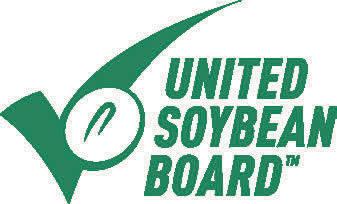




1 2 . 0 1 . 2 1

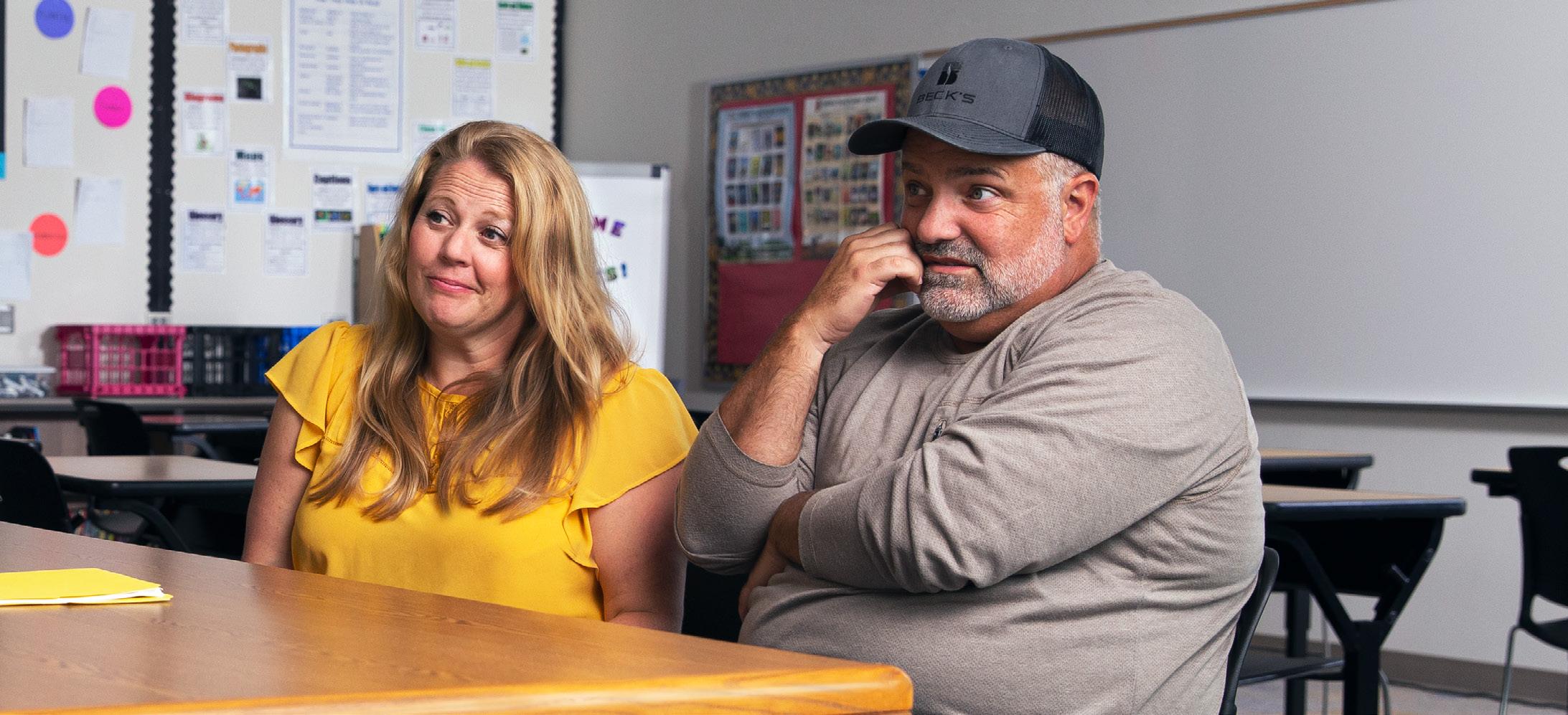































































Cybersecurity On The Farm: Your Risk And How To Mitigate It
Article By Precision Ag ReviewsAgriculture could have a considerable cybersecurity risk, according to Deen Kaplan, a leading international trade and cybersecurity practitioner. The agricultural industry has a significant reliance on technology and is overall behind on the cyber preparation curve.
“Every time you connect with somebody, you create a risk. Not everybody you connect to you are going to know about and not everybody you connect to will have good motives. Now we’ve connected ourselves to the world through the internet,” said Kaplan.
The first step to preventing a cyberattack is to simply be aware of your own risk.
Once you understand the potential areas of risk, farmers should develop a plan to address the risk and deal with an attack, should one ever happen.
made a purchase experiences a breach. This is a similar idea.
Farmers have third parties that are accessing and using their data, and those third parties put farmers at additional risk.
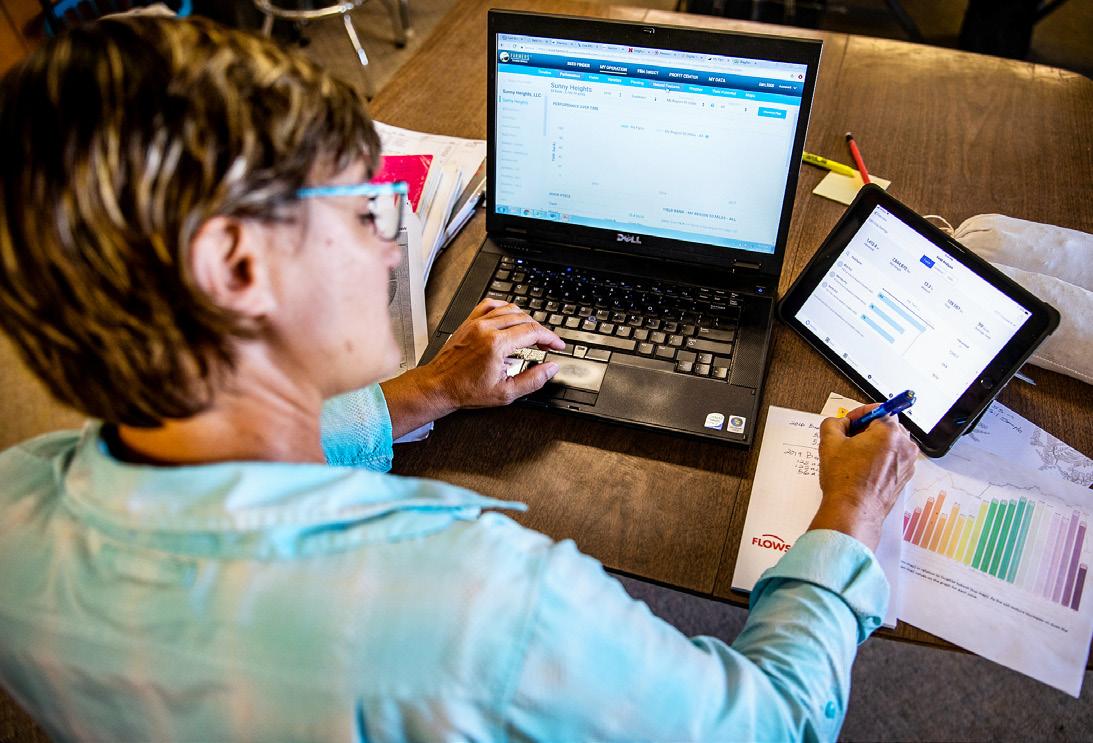
A second key area of risk is incident preparedness and response.
“Most folks that I work with are big on incident preparedness and response once an incident occurs, but if that’s the point at which you are engaging, you are already a bit behind the curve,” Kaplan said.
The nature of agriculture — guaranteeing the food supply — puts farmers at a larger risk than they might realize. We can learn from other recent gas and food supply attacks that the agriculture industry does have a higher risk than some other industries for cyber-attacks simply from a national security angle.

Although a farmer might secure his or her own data, third party management is one significant area of risk. Consider that people who are very protective of their own credit cards are often put at risk because a store or company where they have
And there is always an insider threat. Farmers may have employees that are not fully vetted with access to data and systems. One ill-positioned employee could open many up to a cyber-attack.
“Walking something out of the building is sometimes a lot easier — including electronically walking something outside the building — than breaking down the barriers to get in,” said Kaplan.
What is a farmer to do?
Kaplan would advise farmers to begin by simply understanding and educating themselves about the risks. Reading this article is a great start! But also read up on the potential for cyber-attacks and better understand the threats.
Then, speak with your third-party vendors to better understand their security measures. You might also wish to develop a plan for your own response should you find yourself at the mercy of a cyber-attack, and part of that plan could include more thorough vetting of your seasonal or full-time employees.
“If they [cyber criminals] haven’t come already, they are coming. We are a good target that is exploitable, and step one is to realize that. You have to pay attention before and not after,” said Kaplan. u
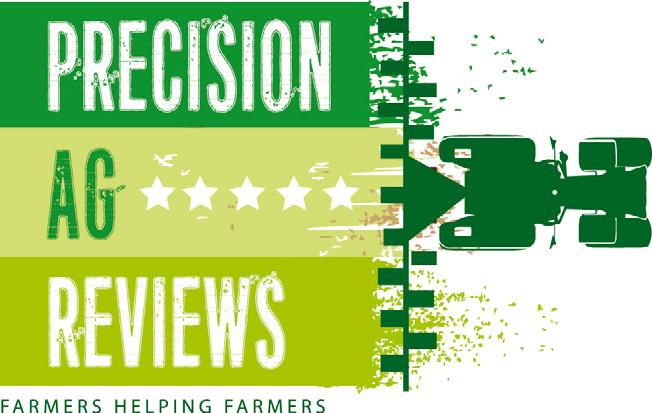
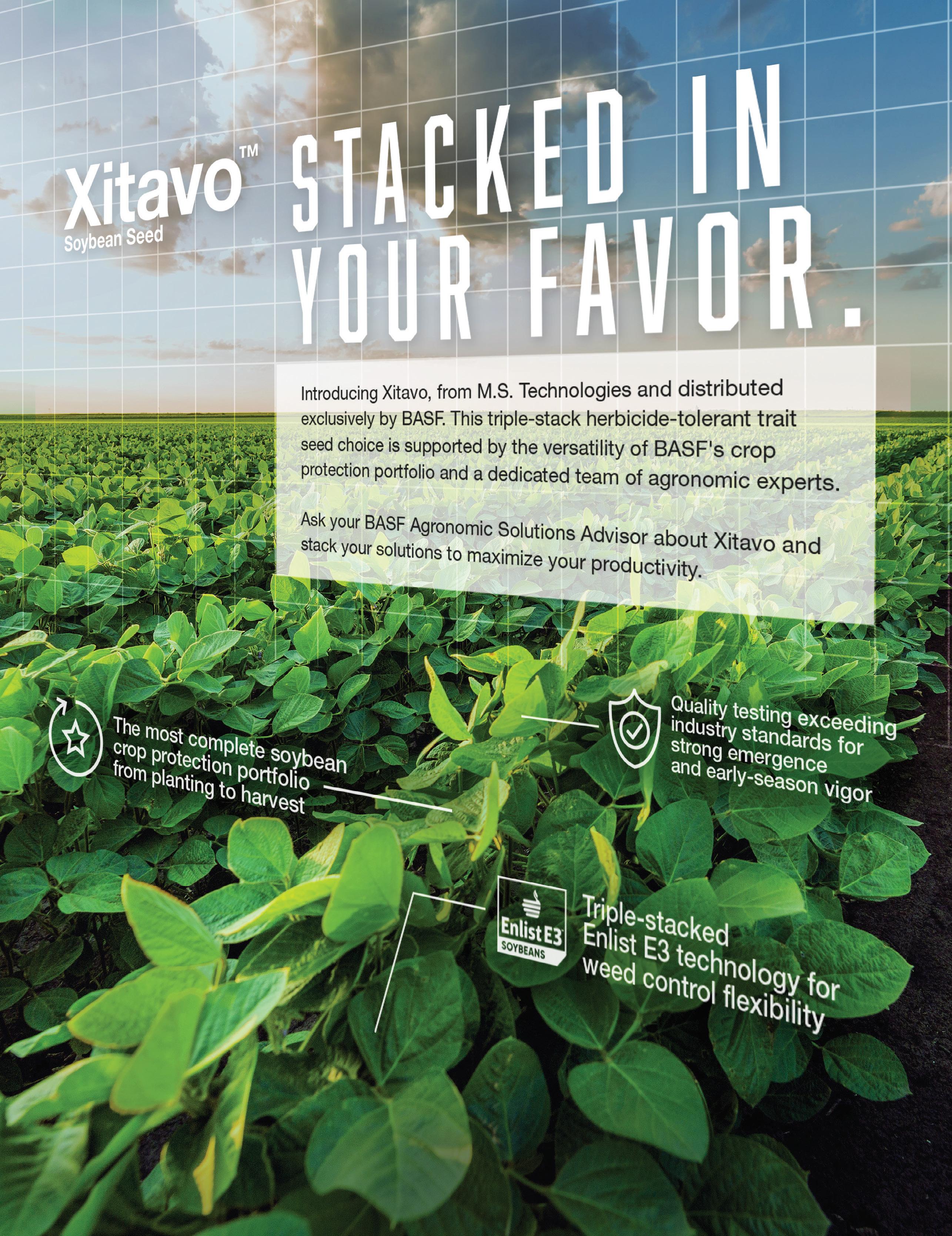
International Soybean Experience and Leadership Development Opportunity
In 2020, the International Farm Youth Exchange (IFYE) received a $124,000 grant from the United Soybean Board (USB). This grant was designed to place eight up-andcoming soybean leaders through an enhanced, and soybean-focused, international program. After missing a year due to COVID-19, the program was approved for an extension by USB and applications are now open for the 2022 program.
IFYE is a premier international cultural exchange program for young adults. Historically affiliated with National 4-H, and founded in 1948, IFYE is an independent, not-for-profit organization welcoming participants from all areas of agriculture-related industries. This program is a vital component in building and assuring
a sustainable pipeline of leaders in the agriculture industry.
Participants will be connected with the USDA Foreign Agriculture Service and the U.S. Soybean Export Council (USSEC) representatives in

their host country. There they will gain first-hand knowledge of uses, logistics, and barriers to soybean exports from the United States. This type of experience will set the foundation for future leadership among the participants to serve USB or their state board or association.
To apply, participants will first
complete the IFYE online application at ifyeusa.org/foreign-exchangeprogram/become-participant
Candidates will see two application forms: one for the Soybean Program and one for the IFYE Core Program. All candidates must be at least 19 years of age or older.
After the application and interview process, selected participants will experience an in-depth look at another country’s rural culture, trade relations and agricultural production and processing techniques. They will experience this by living it, spending two to three months in their host countries. Selected applicants will depart for their host countries in June 2022, returning in early September.
To learn more about the IFYE exchange program visit ifyeusa.org u
POST - HARVESTCHECKLIST
Take soil samples to address nutrient values and SCN populations.
Apply fertilizer and lime based on soil test results and your nutrient management plan.
Complete fall tillage or plant a cover crop.
Clean and prepare harvest equipment for storage.
Address field drainage issues.
Update records with in-season management notes.
Select next year's seed and seed treatments.
INVESTING IN NEW MARKETS FOR U.S. SOY
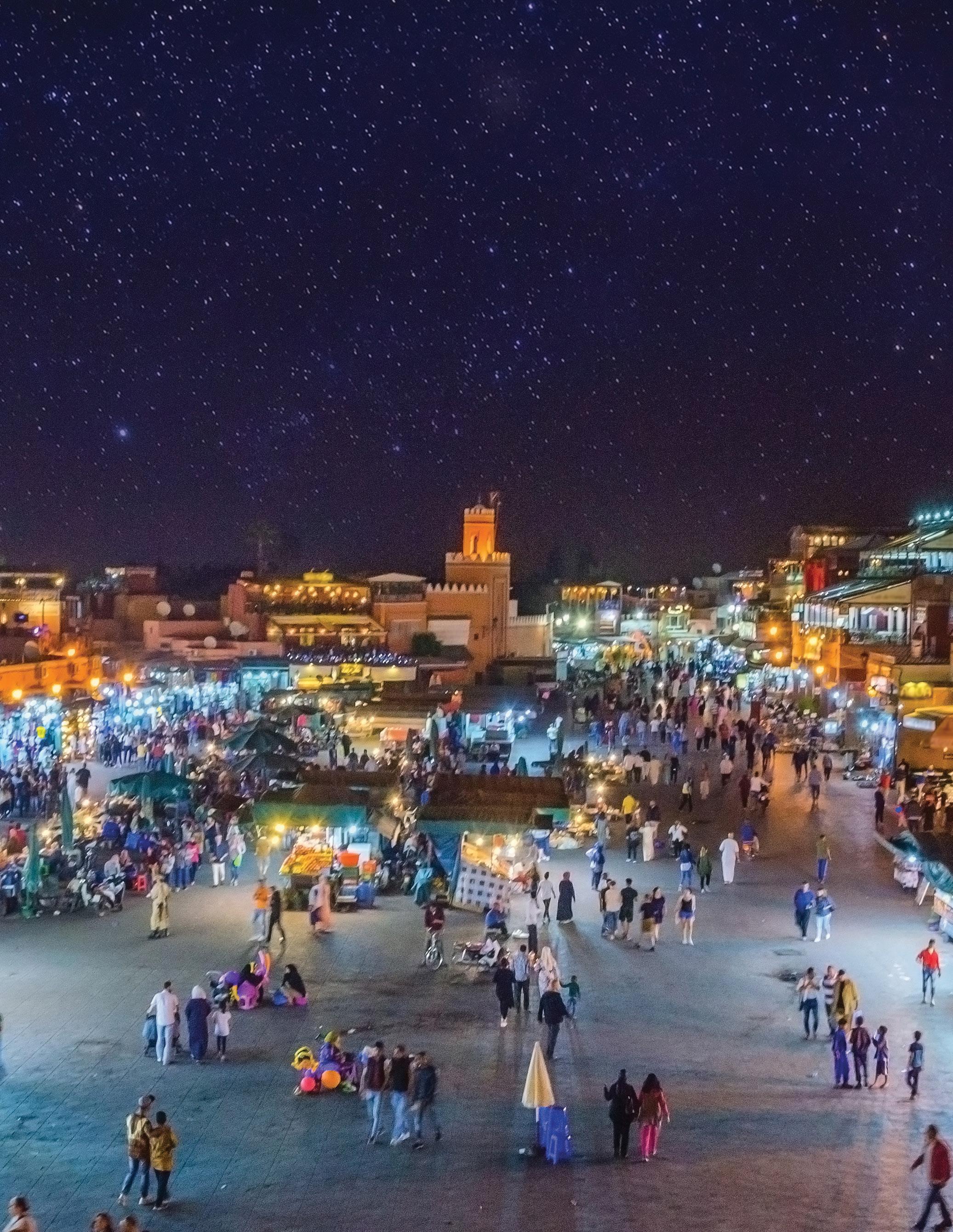
From promoting the profitability of using high-quality soybean meal in India to training animal producers on nutrition in Colombia, the soy checkoff is working behind the scenes to develop more market opportunities for U.S. soy. We’re looking inside the bean, beyond the bushel and around the world to keep preference for U.S. soy strong. And it’s helping make a valuable impact for soybean farmers like you.
See more ways the soy checkoff is maximizing profit opportunities for soybean farmers at unitedsoybean.org
Investing Checkoff Dollars
From Roofs to Cars
Durability has been the name of the game at Airable Research Lab, where Barry McGraw, Airable founder and chief laboratory officer, is focusing on this potential benefit of soy-based products. For the past couple of months, McGraw and the team have been developing ways to give the softer parts of vehicles a little more staying power.
Why durability? McGraw points to Roof Maxx. “As anyone who follows OSC-sponsored R&D knows, Roof Maxx is a demonstrable success — perhaps the jewel of the Council’s R&D crown. The treatment soaks into old shingles — ones that are cracking and peeling from all that exposure to sun and weather — and
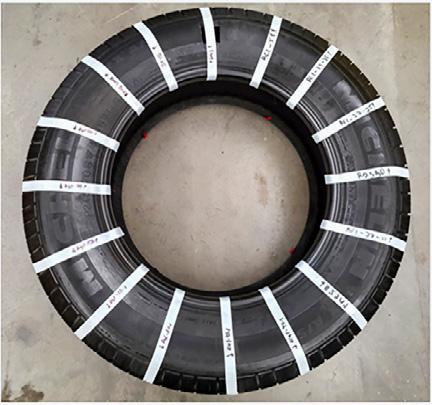
growing need: “greener” car components that perform as well as their less eco-friendly competitors.
Thus, McGraw and the team have been hard at work on two products: leather conditioner and tire protectant.
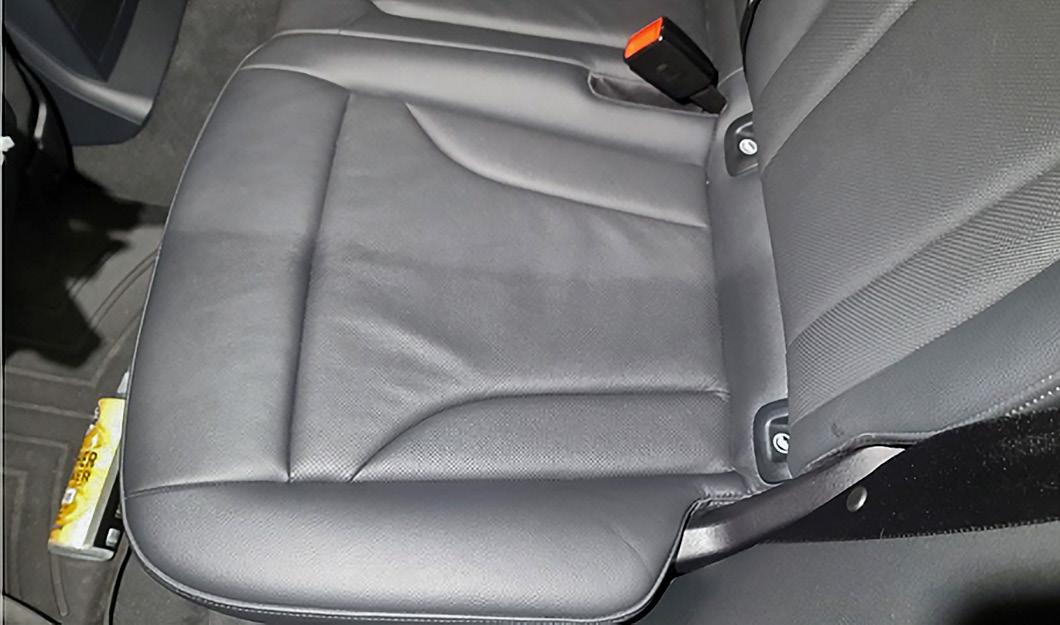
Leather conditioners are used to prevent cracking, drying and degradation of leather products over time. This deterioration is caused by UV rays, extreme temperature changes and moisture loss (similar to the environmental circumstances that age roofing shingles).
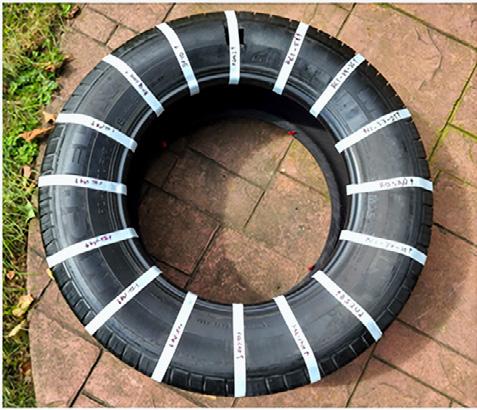
The Airable team has developed and tested several formulas and identified oils that weatherize tires nearly as well as silicone-based products.
brings back their flexibility, which extends the roof’s lifetime.
“I thought, ‘If soy-based formulations can do that for asphalt, what else can they rejuvenate? Leather? Vinyl? Rubber?’ I realized there must be myriad applications. And many of these materials are used in cars,” said McGraw.
McGraw pitched the idea to an automotive maintenance company (AMC) that provides quality products and equipment to vehicle dealerships, as well as producing a line of products for the classic car enthusiast. AMC recognized an opportunity to meet a
The Airable team has developed a soy-based conditioner that will help leather retain moisture and extend the material’s life without leaving a greasy residue after application. The researchers tested the formulation on a leather coat. Results indicate that the soy-based product performs as well as commercial products and does not leave an oily residue.
The target user for this product is automotive care enthusiasts, but it could be used across all types of leather products.
In parallel with the leather conditioner R&D, McGraw and team are working on tire protectant. This product is applied to the outside wall of the tire to protect it from cracking (in response to UV light and various weather conditions, as with the roof shingles and car leather). The treatment will also maintain the tire’s appearance, keeping it dark and shiny.
Some initial formulations have already been delivered to AMC, and the company has evaluated them. The tire treatment met AMCs’ specifications for performance and appearance (for example, the tire has good gloss and acceptable longevity), and the Airable team is now optimizing the formulation based on AMCs’ feedback.
“Roof Maxx pointed the way toward a lot of exciting opportunities,” said McGraw. “And we’re not limiting ourselves to AMCs’ current list. For example, Airable has an internal project developing a biodegradable polyol, which could be used in the foams that make up much of a car’s interior.
“And we’re not necessarily stopping at vehicles, either. Just imagine how many manufacturers want greener products with better durability. Yesterday, it was roofs; today, it’s cars; next year, something bigger and better!”
Ohio Soybean Council’s investment in Airable Research Lab increases profitability for Ohio soybean farmers because it expands market opportunities and increases the demand for soybeans. To learn about other success stories and current projects at Airable visit AirableResearchLab.com u
You are a PRODUCER, FARMER, HEAVY EQUIPMENT MECHANIC, SURVEYOR, INVESTOR, SEED EXPERT, EXTERMINATOR, BUYER, CULTIVATOR, and a SELLER You are connected to the soil, the American dream, and a legacy of grain.
At CGB, our team is well equipped with expertise and professionally managed pricing tools to diversify your risk, because we understand your hard work hinges on how you market your grain.
•Knowledgeable, Dedicated Merchants
• Premium GrainsSM Opportunities for Non-GMO Corn and Non-GMO Soybeans
•Mobile App & Web Based Account Access
• Managed & Formula Priced Market Solutions Pricing Tools with Weekly Updates
• Accurate and Efficient Grain Settlements & Offer System
•Farm Pick-Up Trucking Service
•Corn, Soybean, and Wheat Terminal Bids
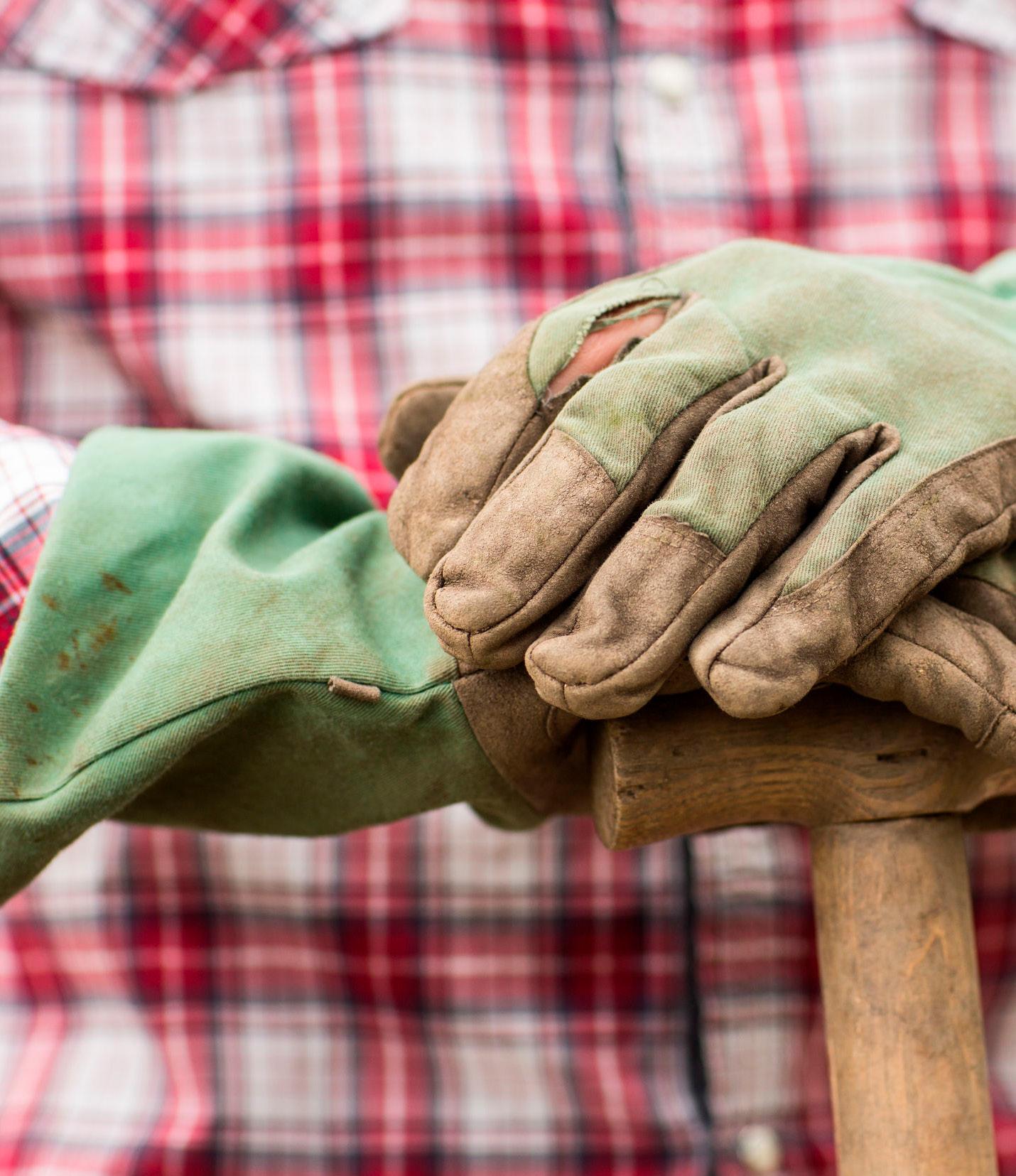
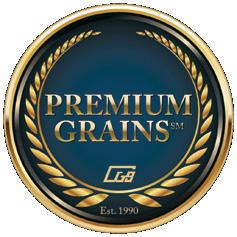
Investing Checkoff Dollars
Strength in Numbers, Optimism for Soy
By Julie Deering, USSEC Senior Communications ManagerIn the late August heat, just as some U.S. farmers were making final harvest preparations, nearly 700 international buyers convened for the U.S. Soy Global Trade Exchange and Specialty Grains Conference, held for the first time in a true hybrid environment — both virtually and in St. Louis, Missouri.
“It’s important to understand how farmers approach sustainability, to see the crop, and to hear farmers’ expectations about the crop … for our own forecasting and scheduling,” said Fares Hammoudeh of the Hammoudeh Group from Jordan. He was one of the 99 international buyers who attended in person for three days of networking, learning, and trade show connections.
The annual U.S. Soy Global Trade Exchange and Specialty Grains Conference spotlights U.S. farmers, production practices and values. Ohio Soy on display and well represented.
Hosted by the U.S. Soybean Export Council (USSEC), in partnership with the Specialty Soya and Grains Alliance, the U.S. Soy Global Trade Exchange (GTE) — themed as “The Gateway to U.S. Soy” — served as a hub for connecting the soy value chain from the farmers who grow the crop using precision technology to manage every acre to international buyers who seek specific varieties comprising of characteristics that lead to a better end product for their customers, and all the businesses and organizations that help make that happen.
Bob Suver, a 5th generation soybean farmer and Ohio Soybean Council Board Member from Clark County, Ohio,
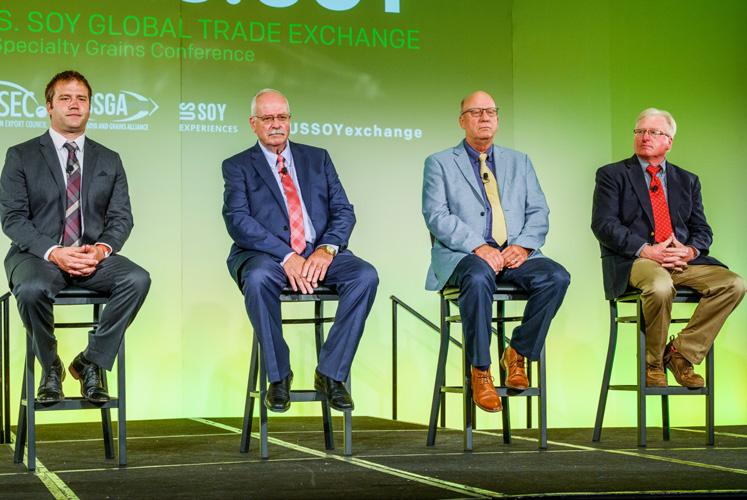
As part of the U.S. Soy Global Trade Exchange & Specialty Grains Conference, Bob Suver of Clark County, Ohio, joined three other farmers to showcase the U.S. Soy Advantage to the more than 700 international buyers who attended both in person and virtually. (L-R: Mike Langseth of North Dakota, Suver, Doug Winter of Illinois, and Robert Alpers of Missouri).
helped carry the message, speaking as part of the opening session on a panel providing fresh-from-the-field perspective around this year’s soy crop.
“In my 48 years of farming, this is probably my best soybean and corn crop that I’ve had,” said Suver, sharing that much of Ohio has benefitted from optimal weather and timely rains. “Ohio has a lot of advantages in terms of shipping soybeans.
“I can haul my soybeans and have choices within a 10- to 30-minute drive where I can relieve myself of them, but then also within an hour is a Cargill facility that crushes meal and oil, and right now they are investing $250 million in that facility making upgrades and expanding it. We are looking for great potential to market soybeans out of Ohio.”
Suver was joined on stage by Doug Winter, an Illinois soybean farmer and USSEC vice chairman; Robert Alpers of the Missouri Soybean Merchandising Council, and Mike Langseth of the North Dakota Soybean Council.
During this session, each of the farmers shared what makes their farms unique and benefits of U.S. Soy, such as
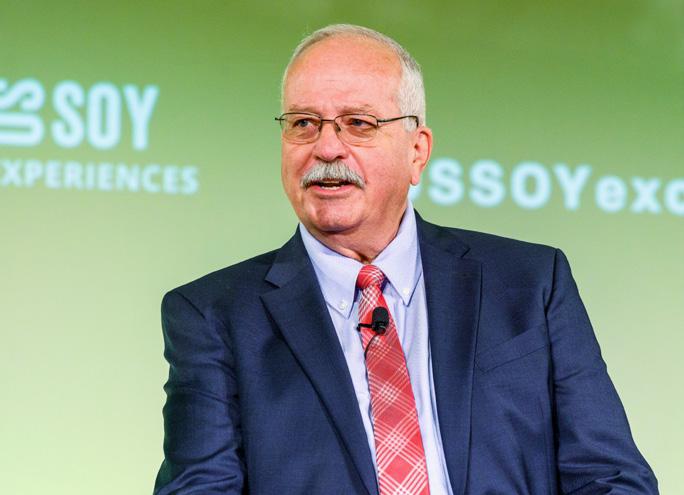
A 5th generation farmer, Bob Suver provides insight and perspective on his 2021 crop, spotlights the U.S. infrastructure that allows for delivery of high-quality, consistent and reliable supply of U.S. Soy.
high quality, reliability, consistency and sustainable practices that help to make up the U.S. Soy Advantage.
The trade show at GTE also allowed companies and organizations to showcase the U.S. Soy Advantage. The Ohio Soybean Council exhibited at the show, and shared videos featuring on-the-farm innovation, quality and the Ohio advantage.
In addition to Suver, Bill Bayliss, a soybean farmer from Logan County; and Katie Reardon, Global Demand and Market Development Manager, also represented the Ohio Soybean Council.
Thanks to the many sponsors, including the Ohio Soybean Council, Illinois Soybean Association and Missouri Soybean Merchandising Council for their support, GTE continues to be a success.
“GTE was a tremendous opportunity to share our ongoing spirit of partnership with customers around the world,” said Jim Sutter, USSEC CEO. “Last year, we set a new export record for soybeans, surpassing 60 MMT, and the world looks forward to securing supplies from the 2021 crop.
“We look forward to many more fruitful discussions in the year ahead, and, with any luck, more safe face-to-face connections in the months to come.” u
We’re investing in Ohio’s future

Changes to our Bloomingburg and Sidney processing facilities are taking shape. We’re installing state-of-the-art technology that will revolutionize your soybean delivery experience.
BLOOMINGBURG:
A moder nized and vastly improved farmer experience coming in 2022.
SIDNEY:
Expanded crush capacity and dramatically quicker unload capabilities coming in 2023.
Ask your Cargill representative how you can receive construction updates.
Ohio Soybean Council Launches Marketing Website for Domestic and International Buyers
The Ohio Soybean Council (OSC) launched a new website to connect buyers and sellers of Ohio soybean oil, soybean meal and food-grade soybeans. The site positions Ohio soybeans as a premium product to buyers in domestic and foreign markets and helps facilitate contracts between buyers and Ohio soybean farmers and exporters.
“Exporting soybeans to other countries is important to Ohio’s farmers — about half of the soybeans grown in Ohio are exported — which is why expanding international markets is important to OSC and soybean checkoff,” said Katie Reardon, OSC Global Demand and Market Development Manager. “The whole concept behind creating this site was to have a customer-focused platform available to educate and provide buyers with the resources they need when purchasing Ohio soybeans,” added Reardon.
As the 7th largest soybean exporter in the country, Ohio’s soybean industry provides a quality, convenient, and sustainable export product for international markets around the globe. OSC wants buyers to know that working with Ohio growers gives them a competitive advantage in the marketplace. Introducing international
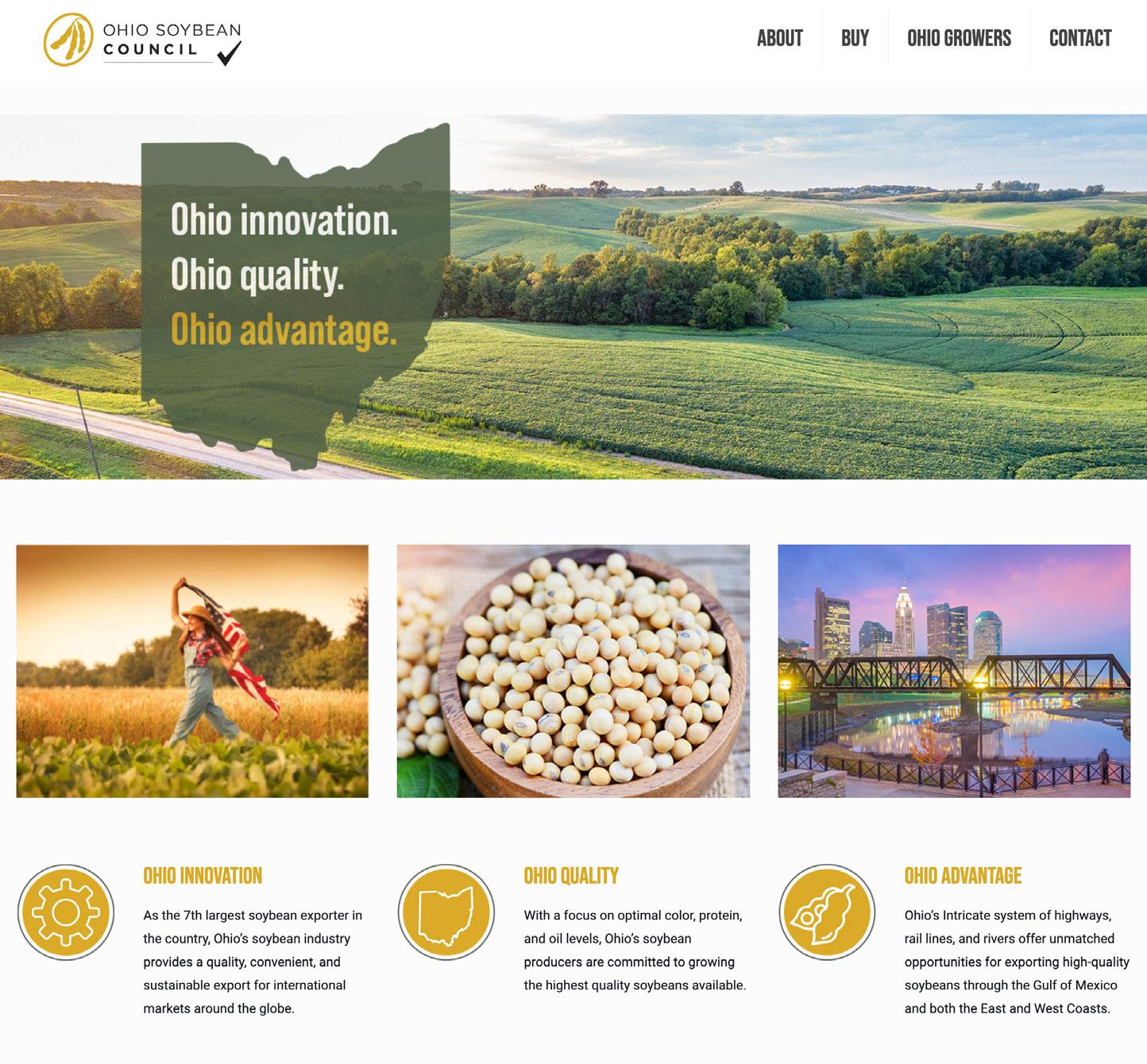
audiences who have little understanding of the sustainability of Ohio-produced soybean products remains a priority.
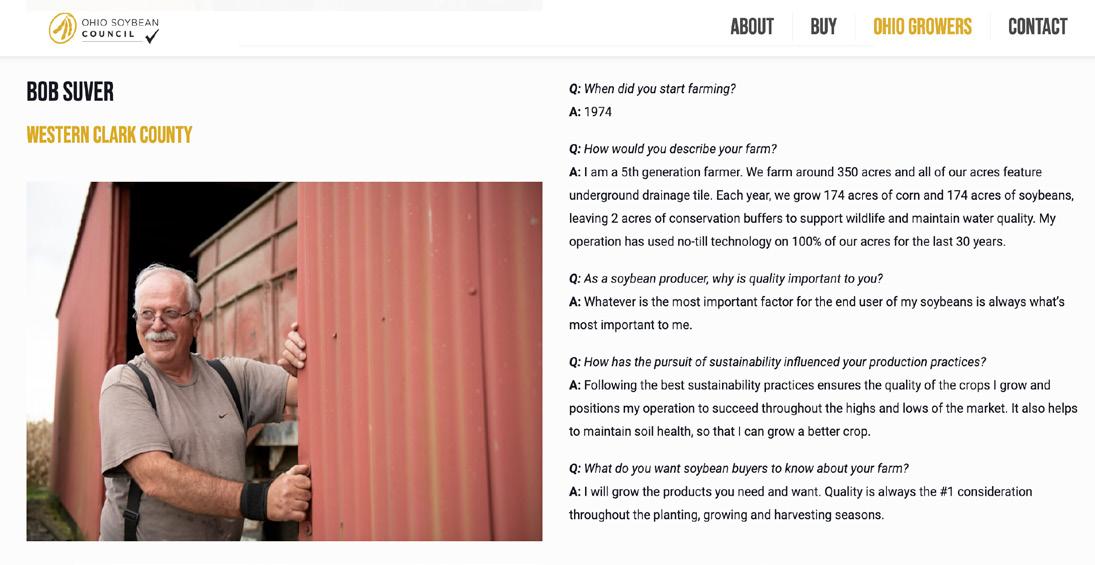
“OSC is working to create forums, such as website platforms, where soybean buyers can meet with Ohio exporters, farmers and universities to discuss Ohio’s soybean quality and address any concerns soybean buyers may have,” said Bob Suver, OSC Board Member and Clark County soybean farmer. “Whether through trade
team visits, marketing efforts, or customer outreach, OSC is dedicated to expanding the global market for Ohio’s soybeans,” added Suver.
The site highlights Ohio farmers, provides current data for Ohio markets, offers regular updates on growing and harvest season, and gives contact information for Ohio soybean exporters. As the platform develops, buyers can expect to receive E-newsletters and information on webinars focusing on Ohio soybean updates.
“We take pride in our soybeans, and we want buyers to know that,” said Suver.
The new site can be accessed at ohiosoyadvantage.com.
On World Food Day and every day, WISHH’S strategic partners take local action.
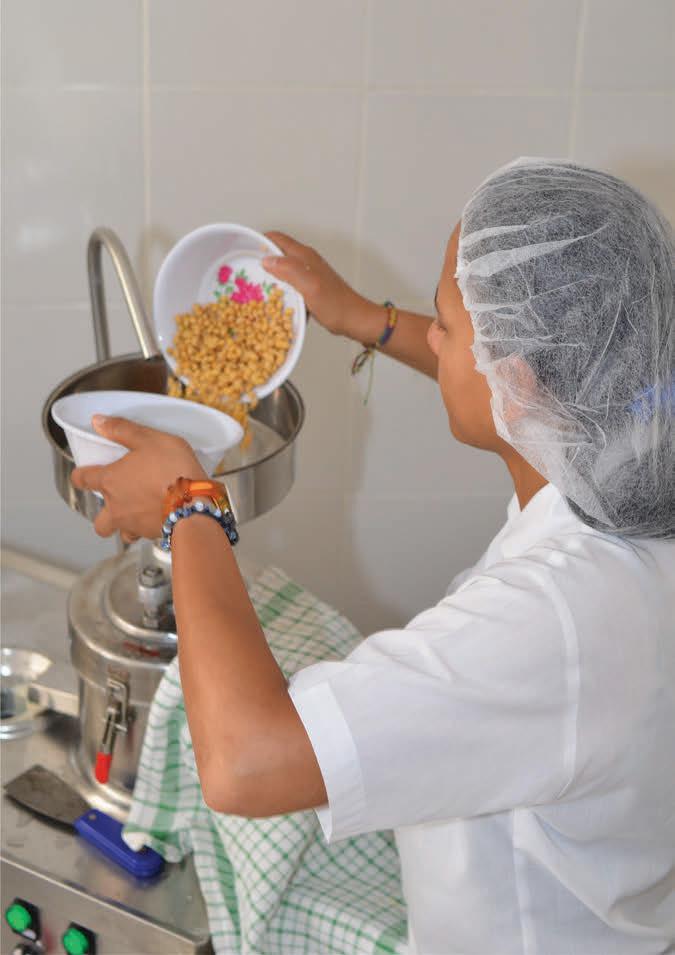
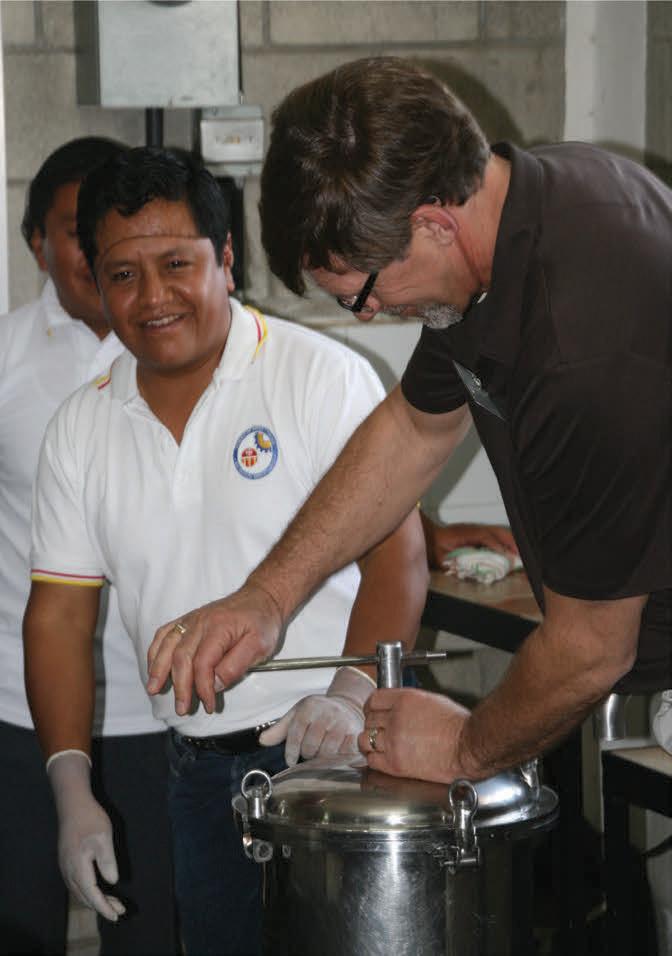
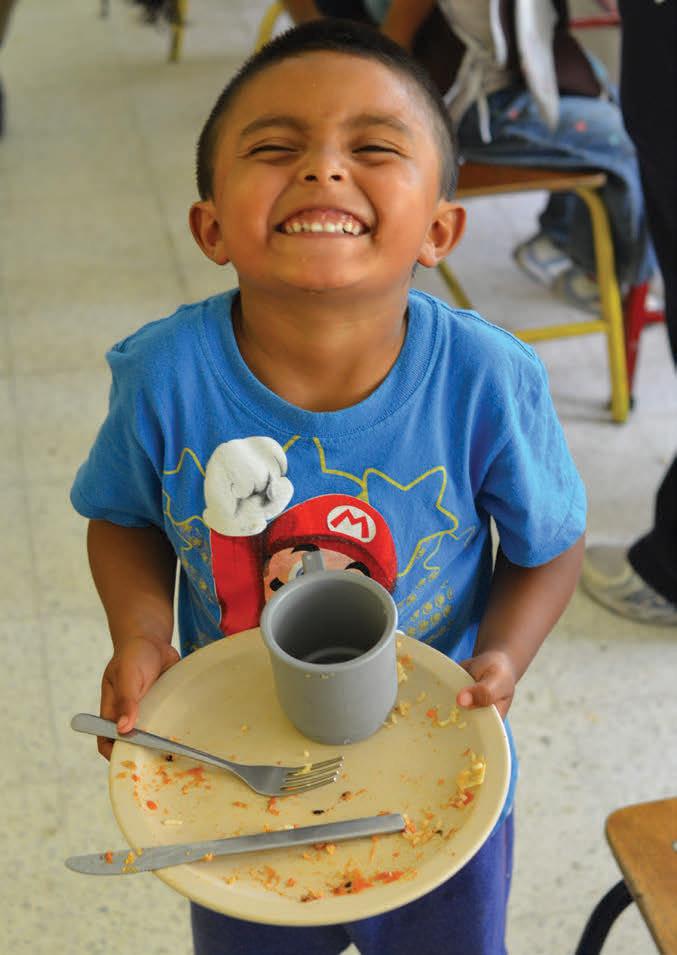



10 Reasons USSEC’s 15 Years Impactful for Soy & U.S. Economy
By Wendy Brannen, American Soybean AssociationWhat happens when a devoted policy organization and an innovative research and promotion board collaborate to create a third soy group devoted to export promotion? In just 15 short years, a lot!
The U.S. Soybean Export Council (USSEC) was ideated by farsighted soy leaders within the American Soybean Association (ASA) and the United Soybean Board (USB) with an aim to create preference, drive value, and enable market access for U.S.-grown soy worldwide. Since its inception in 2006, the organization has since matched — and surpassed — its mission, today enabling reliable access to nutritious and sustainable U.S. Soy for human consumption, aquaculture, and livestock feed in more than 82 nations. All that soy — approximately $25.7 billion in value in 2020/21—being transported and shipped internationally is supporting global food industries and the U.S. economy!
Monte Peterson, a U.S. soybean farmer from Valley City, North Dakota, and current chairperson of USSEC, has been heavily involved with all three soy organizations. “Having personally engaged with global customers and stakeholders on export promotion trips and virtually post-Covid, what USSEC does to advance global nutrition and food security and the competitiveness of the food industry with soy is impressive! It makes you appreciate the vision and wisdom of farmers and staff who prioritized investing in international markets 15 years ago! They knew developing and sustaining global export markets for food, feed or oil use would be critical to soy’s long-term impact,”
says Peterson, who also currently serves on the ASA board.
To mark USSEC’s 15th anniversary, the three soy partner organizations — ASA, USB, and USSEC — share 10 compelling reasons U.S. Soy’s years are significant for both soy and the U.S. economy!
1. 60% of U.S. Soy is exported internationally, making it USA’s #1 food and agriculture export!
2. Doubled! U.S. Soy exports have doubled in 15 years to over 69 MMT vs. under 37 MMT.
3. Tripled! Exports to China have tripled with 35+ MMT vs. 11 MMT.
4. 100 million-plus! A cumulative 100 million metric tons of U.S. Sustainability Assurance Protocol (SSAP)-verified shipments have been exported since program launch in 2014.
5. 15 months during COVID-19 (March 2020-May 2021), USSEC pivoted to digital marketing, engaging 61,407 customers and stakeholders at 522 virtual events to drive demand for U.S. Soy.
6. Five U.S. Soy Excellence Centers (Egypt, Honduras, Thailand, Nigeria, and a sister program in China) are emerging to enhance expertise and capacity around the world and thus enable local country visions for health and nutrition in collaboration with their local food and agriculture industry and stakeholders.
7. 6x growth in exports to Egypt at ~2.7 MMT vs. 461,000 MT
8. 4x growth in exports to Colombia at ~1.5 MMT vs. under 360,000 MT
9. 50x growth in cumulative exports to Vietnam, Pakistan, Bangladesh at 3+ MMT vs. 60,000 MT
10. 10x growth in cumulative exports to Ecuador and Peru at 770,000 MT vs. 71,000 MT in 2005
The soy industry is proud of USSEC’s efforts to build invaluable partnerships with the World Initiative for Soy in Human Health, USA Poultry and Egg Export Council, U.S. Meat Export Federation, Qualified State Soybean Boards, like the Ohio Soybean Council, and Specialty Soya and Grains Alliance, in addition to several global and local industry associations present in the countries in which it operates — to meet the need for soy and value-added soy products. These partnerships enable USSEC to advance nutrition and food security, environmental sustainability, and livelihoods around the world while enhancing the competitive advantage of the food, feed, consumer goods, retail, and other user industries of U.S. Soy. u
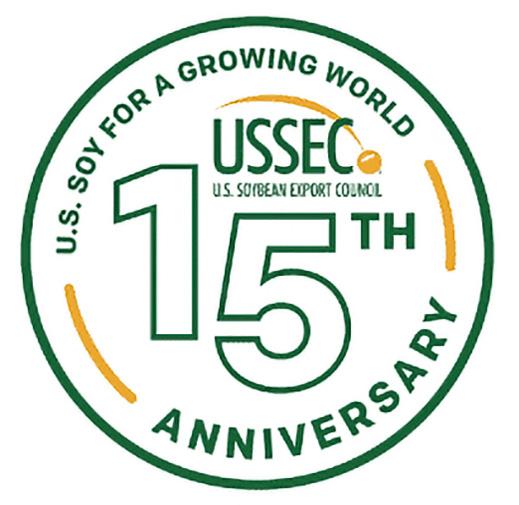
American Soybean Association & United Soybean Board vision of soy export group proves fruitful as U.S. Soybean Export Council reaches big year and even bigger goals!
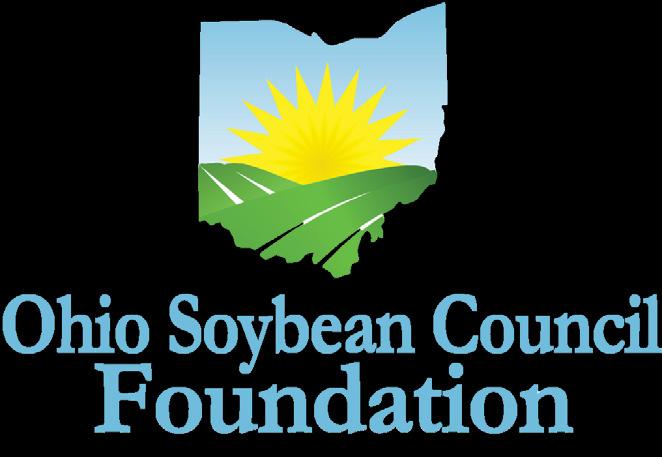
to graduate and undergraduate students studying agriculture or a related field.
agricultural communications | molecular biology
bioenergy | engineering | agricultural business
food science | biotechnology | chemistry | biology
biochemistry | bioengineering | environmental science
crop science | agricultural education | biofeuls
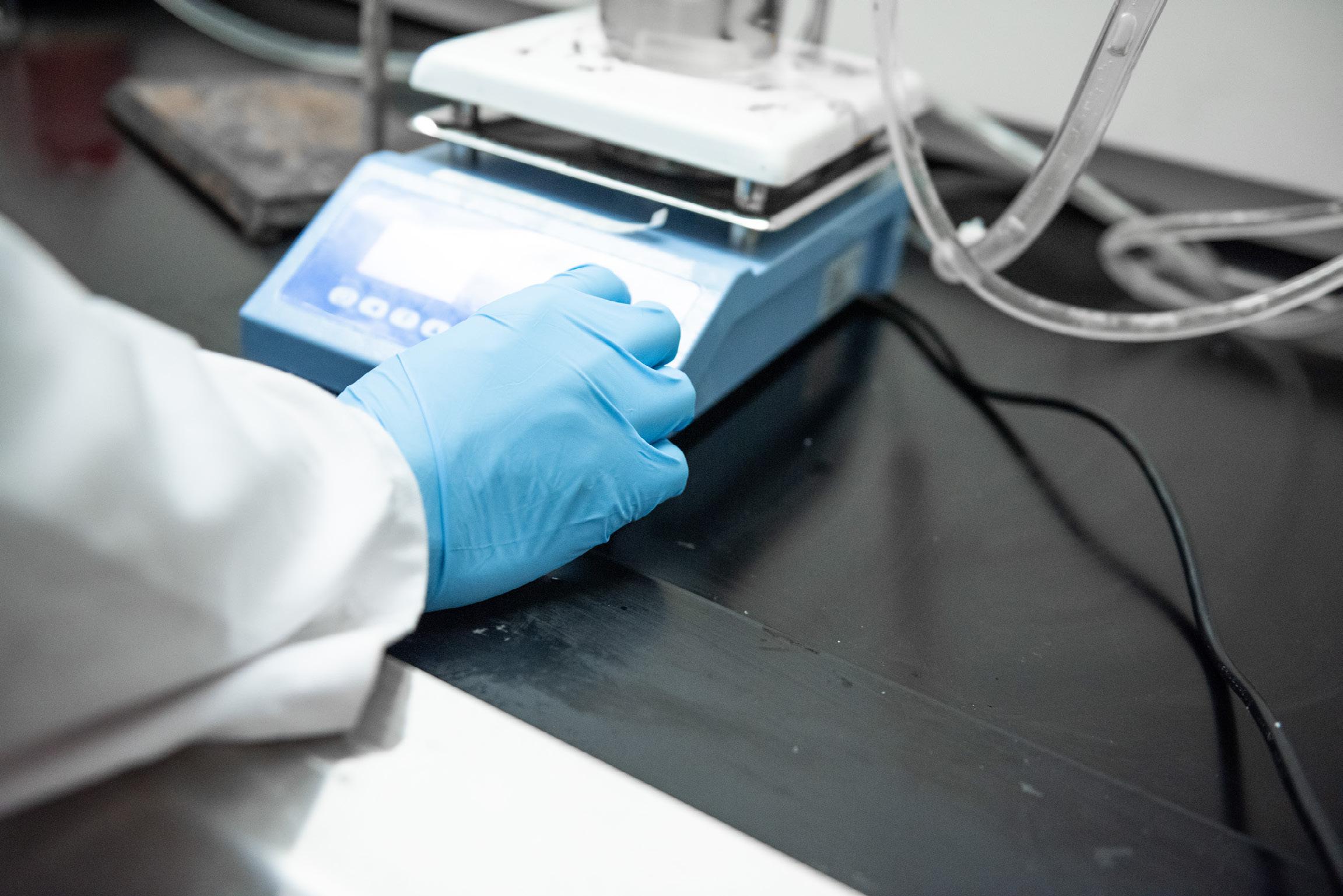
UNDERGRADUATE
•SEVEN $3,000 Ohio Soybean Council Foundation Scholarships
•ONE $3,000 Robinson W. Joslin Scholarship
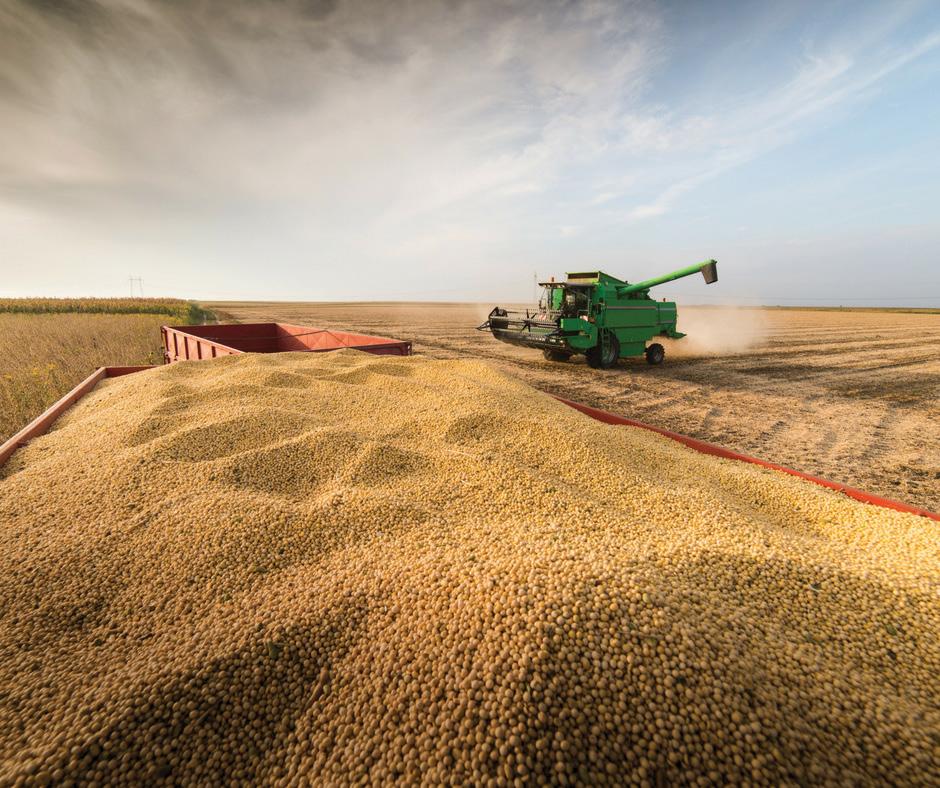
•ONE $5,000 Bhima Vijayendran Scholarship
GRADUATE
•THREE $5,000 Ohio Soybean Council Foundation Scholarships
Visit SoyOhio.org/Scholarship to learn more about our scholarships and how to apply.
Stacking the Societal Benefits of Biofuels
By Matt Herman, National Biodiesel Board’s Director of Environmental ScienceFor over a decade, American farmers have been growing crops to support the production of lower carbon biofuels. These highly sustainable biofuels not only contribute to the nation’s energy security, but they also improve the environment and local air quality. The drop-in nature of biofuels like soybean oil biodiesel and corn ethanol are critical in the fight to lower greenhouse gases (GHGs). It is well understood that biofuels displace petroleum, reducing greenhouse gases. However, an underappreciated aspect is the long-term beneficial climate impact of these early, immediate reductions, which generate benefits for hundreds of years into the future. This is because a reduction in carbon today avoids decades and centuries of heating into the future.
A simple analogy is the idea of investing money for retirement. For example, if you put $1,000 per year for 10 years into a 401(k) with an 8% rate of return, you wouldn’t have $10,000 after 10 years. You would have almost $14,500 — and the first year’s $1,000 deposit would have contributed almost $2,000 to the 10-year total, while the 10th year’s $1,000 would have contributed only about $1,000 to the total. In other words, the 2021 contribution has twice the value of the 2030 contribution, even though the same annual amount was contributed in each year.
This is why retirement professionals advise us to start saving when we’re young, rather than waiting until we’re older. This is also why earlier reductions in GHGs can dramatically increase the cumulative benefit accrued to society in the coming decades. Our climate, like
The sustainability benefits of biofuels, such as biodiesel and ethanol, compound over time, reducing greenhouse gases and improving human and environmental health.
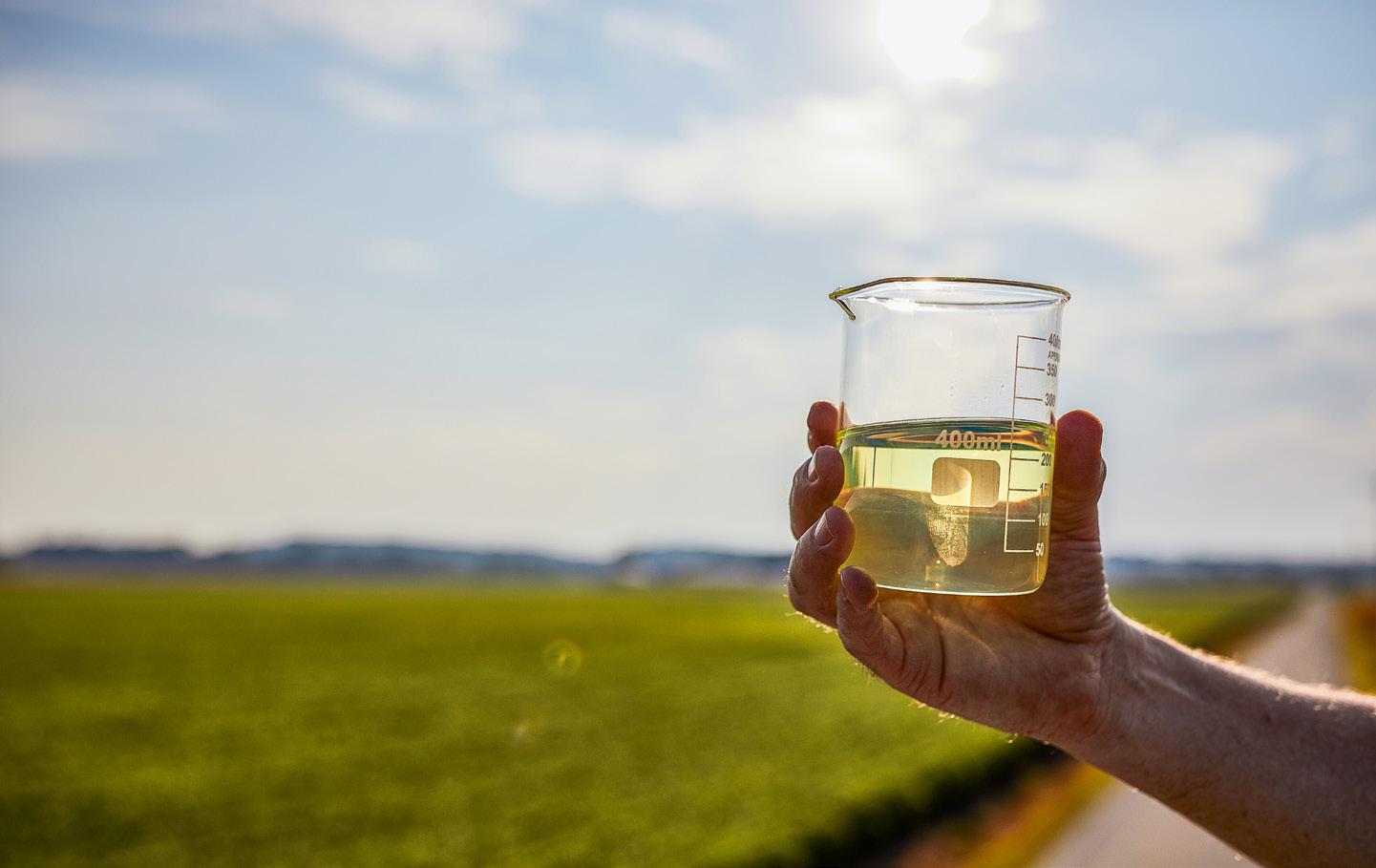
our financial future is heavily dependent upon the actions we take today.
Recently, the Renewable Fuels Association and Life Cycle Associate modeled this profound impact the Renewable Fuel Standard (RFS) has had on reducing emissions. The study shows that absent the aggressive ramp up of cellulosic biofuels predicted in 2007, traditional corn ethanol and biodiesel have exceeded the projected greenhouse gas reduction of the RFS because the current production of ethanol and biodiesel are far more sustainable than EPA projected nearly 15 years ago .
This evidence is reinforced by the Department of Energy’s most recent analysis that estimates biodiesel reduces GHG emissions by 74%. Additionally, it was recently shown that when accounting for the displacement of carcinogen, carbon intensive, benzene — a gasoline additive, ethanol can reduce
GHG emissions by 56% .
The benefits of biofuels do not start and stop with their ability to reduce GHGs. Earlier this year, Trinity Consultants, a widely respected air dispersion modeling firm, estimated the beneficial health impact of replacing diesel with biodiesel in 13 areas around the United States. This groundbreaking work showed that biodiesel can reduce particulate matter by up to 86% in certain applications, dramatically reducing the instances of asthma, lost work and the risk of cancer in historically disadvantaged communities.
With benefits like these available today as part of a drop in solution, its no wonder demand for biofuel is growing. u
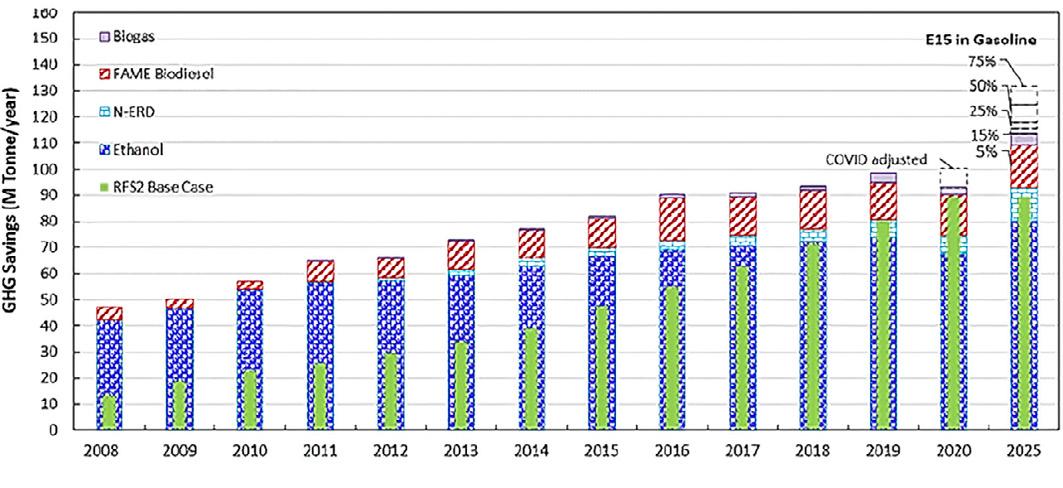
Carbon Offset Market Outlook
By Brent Sohngen, Professor of Natural Resource and Environmental Economics at Ohio State UniversityThe last year has been a whirlwind of activity in carbon markets as buyers have been out in force trying to lock in early carbon at low prices. Companies like Amazon or Microsoft care about carbon on farms because their consumers care about how "green" they are. If they can pay farmers to take carbon out of the air and store it on their farms, then they can claim that carbon as an offset against their emissions. Yes, it sounds like magic, but carbon offsets are real, and they can work, both for the companies and for farmers. Data shows that using carbon offsets from farms is the only way that companies can reduce their net carbon emissions to zero in the next couple of decades.
The growing demand from companies has started to translate into higher prices, which have edged
up in recent years (see chart below). Ecosystem Marketplace, a respected source of information on voluntary carbon markets, suggests the average price for agricultural and forest offsets is now about $6 per ton CO2. Other market sources confirm average prices in the $5-$6 per ton CO2 range. These prices reflect just the volume that has been registered with the verification agencies, not carbon contracts that have been put in place but still rest with the origination companies that are working directly with farmers. And speaking of volumes, they are up significantly in 2021, even though the data is just through August.
These prices would translate into $1.50-$3.00 per acre per year for most Ohio farms that convert to no tillage. Farmers can get more for other practices, up to $9-$16 per acre per year for planting trees.
Prices offered to farmers will vary based on a number of factors but have largely to do with quality. The highest
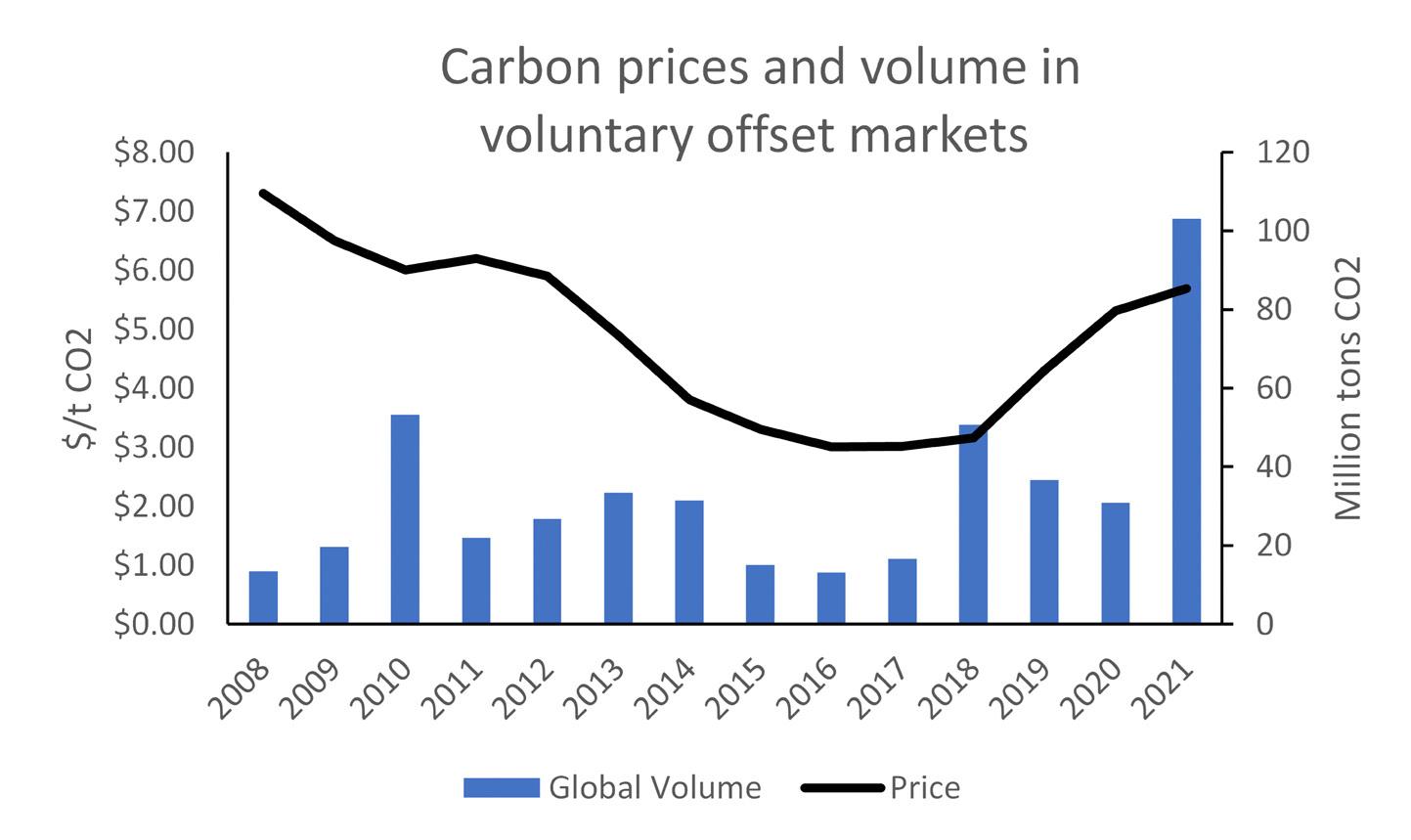
quality credits adhere to the strictest protocols for additionality, permanence, leakage and verification. These credits are more costly to generate but have the potential to be sold in compliance markets, like the California cap and trade system, where prices are now around $14 per ton for agriculture and forestry offsets. That market is large, generating $700 million per year in transactions between 2018 and 2020. Lower prices will be offered to farmers if the conditions are less stringent.
The current low average price on ecosystem marketplace suggests that the backlog of projects built up during the period of low demand over the last decade has not fully gotten through the system. With the big rush of interest in the market, demand seems ready to overtake the ability of originators to supply carbon from farms and forestland. Current global supply constraints are putting pressure on most options for greening supply chains, driving up prices for all of them. My expectation is that prices will double over the next year, and then double again within another year.
A few headwinds in the market could slow growth. The groups that set standards are seeing increasing activity for updates to some of the standards that have already been written, a process that takes a bit of time. And the upswing in farm input and commodity prices makes carbon commodities more expensive to generate. u
Prices for forest and agricultural offsets in voluntary carbon markets, from annual “State of the Voluntary Carbon Markets Report”, 2009–2021, published by Ecosystem Marketplace, a Forest Trends Initiative
Soil and Water Outcomes Fund’s Keil Offers Insight to their Carbon and Water Quality Program
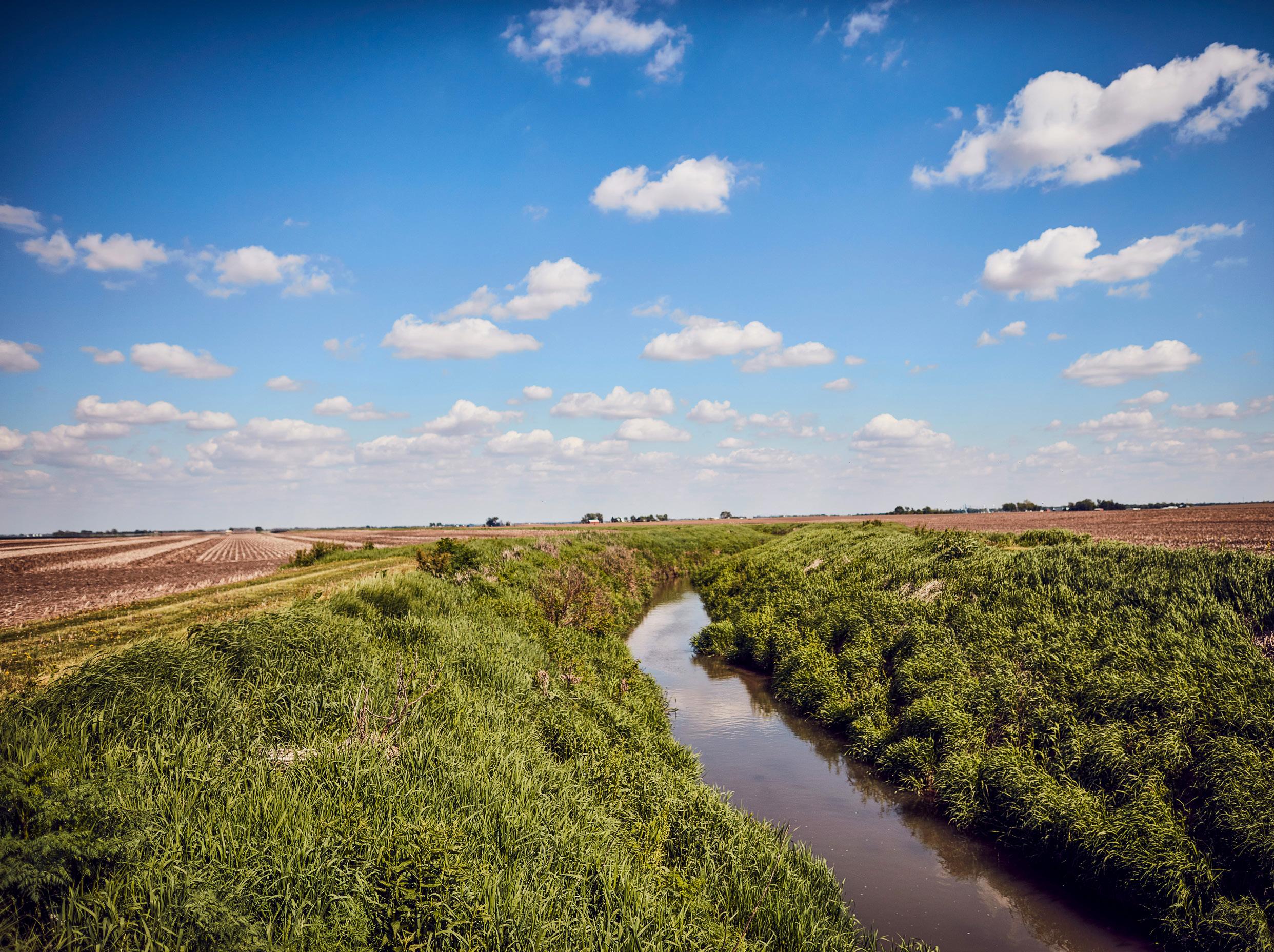
Adam Keil is the Managing Director of the Soil and Water Outcomes Fund (SWOF) and has over 20 years of experience in his field.
How did the SWOF begin and what were the initial goals?
The Soil and Water Outcomes Fund (SWOF) began in 2019 with a small pilot scale project in Iowa. Two years of study and partnership building laid the groundwork for the pilot. The SWOF initially started with a focus on linking farmers with those who seek water quality improvements. The additional focus on carbon sequestration was added in 2019/2020.
How do farmers benefit by joining SWOF?
Farmers receive funds calibrated to the level of water quality and carbon sequestration benefits produced on farms. The payment is higher than it would be if they were participating in a carbon-only program.
Since becoming involved with SWOF, what have you learned about conservation practices, soil health, carbon programs?
The biggest change since starting SWOF is the growing interest in carbon sequestration. There are farmers who are ready to dive into these conservation
practices, they just need the resources. They are ready for that motivation.
How is SWOF’s carbon program different than other programs offered?
The SWOF combines a carbon program with a water quality program to bring additional value to farmers while providing cost effective water and carbon pricing to SWOF customers.
Can you share some key components of your carbon program?
SWOF is a full ecosystem operation, that’s what sets us apart. We offer payment for carbon reduction and water quality improvement programs. Another
key component that SWOF offers is on the finance side. We offer 50% of the payment to farmers upfront when they sign the contract with SWOF.
What resources do you offer to farmers who are exploring carbon programs?
We want to build relationships with the farmers. The SWOF website also offers “How-to” and contract information under the “Farmer Resources” section https://www. theoutcomesfund. com/farmer-resources. When farmers are enrolled in the program, the staff of SWOF will handle the monitoring data for the farmers, so there are no additional costs for farmers to take soil and water samples. The SWOF also offers conservation and agronomy assistance if needed. For example, we can help connect with securing seed cover crop and finding cost-effective solutions.
Robust farm operational data is key to enrolling in most programs. Even if farmers are going to wait to enroll, I suggest they have good records, especially accurate field boundaries and operational data.
What would you say to someone who is hesitant to join?

farmers to improve sustainability. The new realization is that companies are making these new commitments to reduce their GHG footprint. There is no doubt that it is going to be around and grow. The demand for these sustainability markets is there, the question is: How is the market going to adjust? Can we get the verification and sampling costs down in order to create a profitable market?
Why is there a push for these conservation programs now?
Why is it important to get involved?
Many private and public companies are setting green house gas (GHG) reduction goals and targets. When companies set GHG reduction goals they need to account for all aspects of their supply chain. Food and agriculture companies need to account for the production of inputs when they calculate their GHG footprint. Many companies have found their largest GHG liabilities lie in the production of inputs and in order to meet their corporate goals, farmers producing inputs will need to improve production practices to be more conservation minded. This pressure will continue to increase as more companies are pressured by investors and environmental NGOs.
What advice do you have for farmers exploring carbon and conservation programs? How can they be prepared?
The SWOF may not be for everyone. Ecosystem markets and especially carbon markets will evolve. I would tell hesitant farmers to test things on a small number of acres, if they like the experience, they can always enroll more acres in future years.
What potential do you see for this industry? Where do you see it going in the future?
There is huge potential in working with
For more information about the Soil and Water Outcomes Fund and their carbon program visit www.theoutcomesfund.com. u
WHAT AREAS CAN ENROLL IN OHIO?
Portions of Allen, Auglaize, Champaign, Clark, Crawford, Delaware, Fairfield, Franklin, Hardin, Knox, Licking, Logan, Madison, Marion, Morrow, Perry, Pickaway, Richland, Union, and Wyandot counties
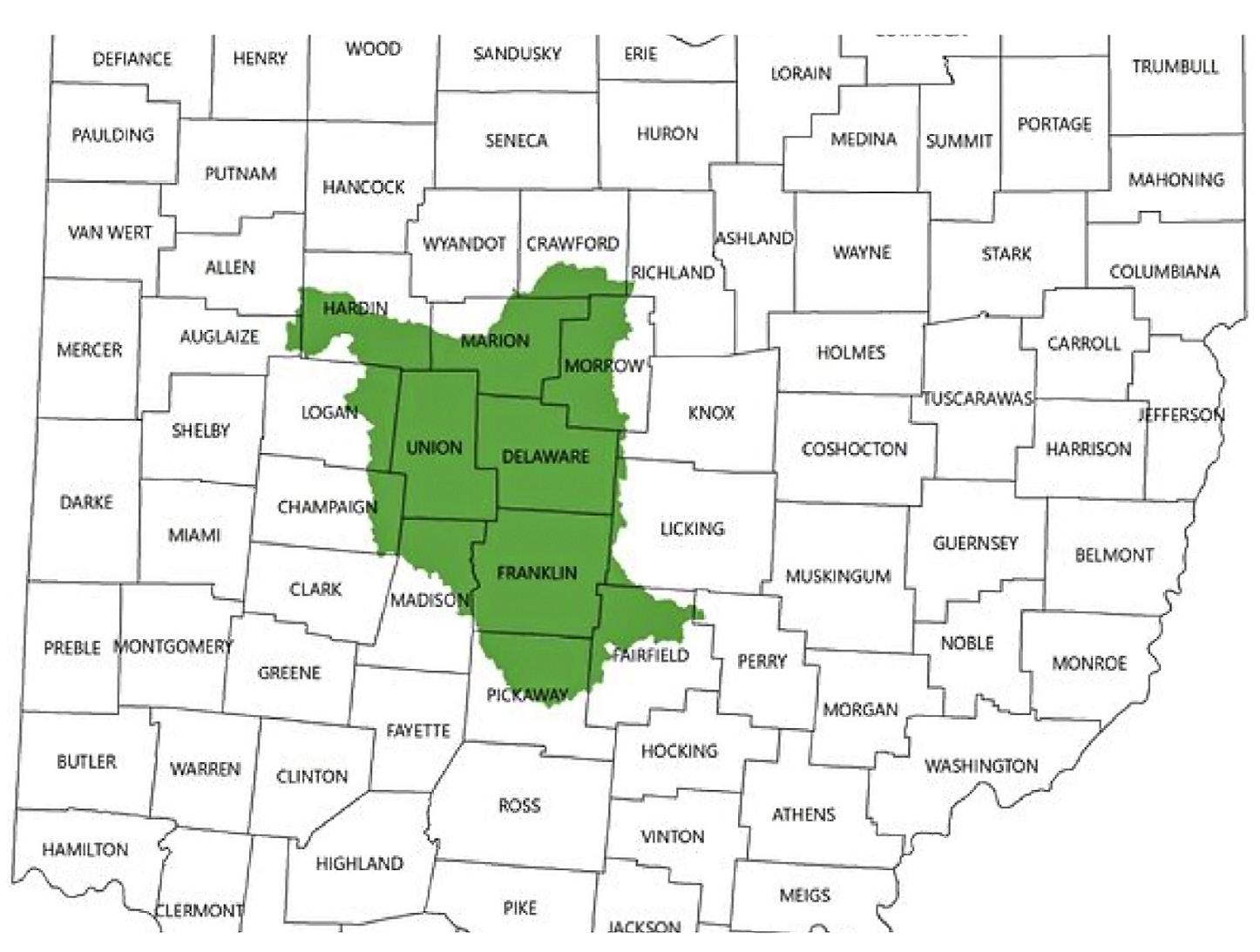
Mechanical Crushing Offers New Market Opportunities for Soybean Farmers
By Madison LaymanIn 2019, Coshocton Grain Company opened a new extension to their elevator in Coshocton, Ohio, which offers new opportunities for local soybean farmers. How? With the chemicalfree crush process they call Coshocton Soy Processing ExPress Meal and Oil. The soybean meal and oil produced from this mechanical process increases the profit for soybean farmers and benefits livestock farmers as well.
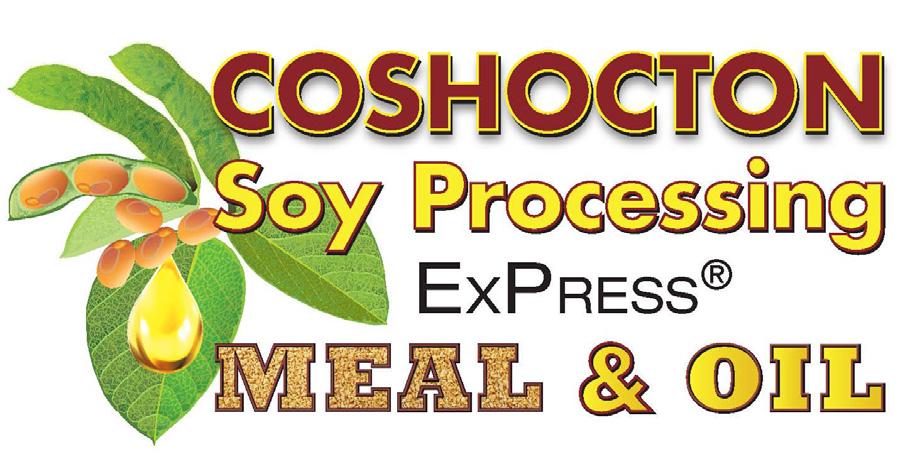
ExPress Meal and Oil came from a trademarked process by Insta-Pro International of Des Moines, Iowa. By combining High Shear Dry Extrusion with continuous mechanical pressing, natural oils are effectively separated from soybeans. Unlike conventional processing which uses hexane, this process is chemical-free.
The Insta-Pro International dry extruders generate heat through friction to accomplish numerous processes including: cooking, expanding, sterilizing, stabilizing, dehydrating and texturizing.
“We like to say: If it was not in the soybean when it went in the plant, then it is not in the meal or oil when it is produced,” said Rhoda Crown, Chief Executive Officer of Coshocton Soy Processing.
ExPress Meal runs about 45 percent protein, 6 percent fiber and 5 percent moisture. In comparison, conventional meal contains about 12 percent moisture; therefore, per ton of soybean meal, ExPress meal adds 140 pounds of meal versus 140 pounds of water from conventional meal. The profit for local soybean farmers is greater due to more meal content.
ExPress Meal also contains about 7 percent oil while conventional meal contains less than 1 percent. This means that there is usually no need to add more fat to the animal’s diet. Also, this meal is more uniform since the fat is incorporated into it, so the diet is consistent to all animals eating from their feeder. The oil byproduct of Coshocton Soy Processing ExPress meal and oil is a clean oil that is less gunky than other lubricants. Their oil is sold mostly to feed mills, to biofuels markets and to sawmills to coat wood pellets.
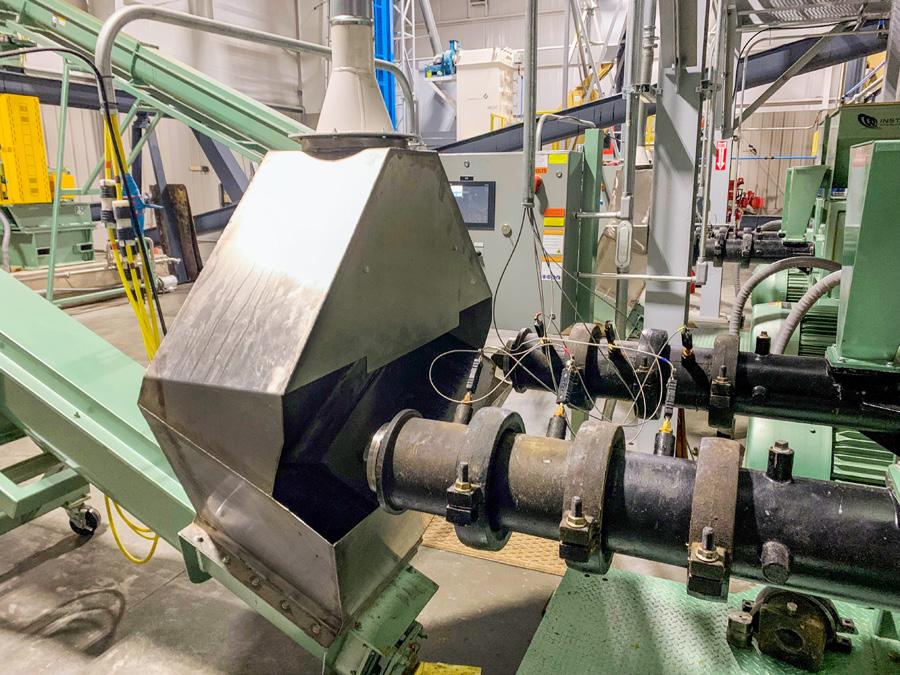
In addition to more meal content being produced,
the mechanical crushing results in high quality ExPress soybean meal with improved digestibility and energy for use in livestock feed. Coshocton Soy Processing ExPress Meal is sold to beef, swine and dairy facilities in Ohio and West Virginia. ExPress Meal has increased amino acid digestibility, higher dry matter, which equals more nutrients, and greater metabolizable energy. This results in a greater milk production in dairy cattle and faster weight gain in meat livestock.
“Feed our meal and you’ll see the results,” said Crown. “It is becoming more popular. There is more money to the soybean farmer than there was before we built the plant.”
Coshocton Soy Processing works with soybean farmers from Coshocton County and its surrounding counties. Their tagline is “Grown locally. Processed locally. Fed locally.” They have bulk soybean meal for sale and soybean oil by the totes and tankers. Coshocton Soy Processing takes pride in always being available for their farmers.
“We are known to help people out because we are a small company,” said Crown. “Late pick up? We can make it work. We are excited about our new feed product and are hearing great results from the guys who have been feeding it.”
The Ohio Soybean Council supports all grain processing practices and the markets for specialty beans. Coshocton Soy Processing ExPress Meal and Oil offers a new market to Ohio soybean farmers through its nutritional value to animal agriculture. To learn more about Coshocton Soy Processing and ExPress Meal and Oil visit coshoctongrain.net. u


WORKING TOGETHER TO RECOGNIZE OHIO’S FARMERS AND PROTECT OHIO’S WATERWAYS
The Ohio Agriculture Conservation Initiative (OACI) is an unprecedented partnership between agriculture, conservation, environmental, and research communities to recognize farmers for their dedication to utilize established methods to improve water quality in Ohio and to increase the number of best management practices being implemented on farms.
The H2Ohio initiative was developed to ensure safe and clean water for all Ohioans. The plan invests in targeted solutions to help farmers implement best management practices on their farms. OACI will work with the H2Ohio program to ensure funds get to farmers who demonstrate a commitment to continuous improvement through the implementation of science-based practices.
By collaboratively learning and sharing information, Ohio’s water quality advocates stand as a united front dedicated to identifying solutions and helping farmers implement them.
OACI partners include a diverse group of organizations:
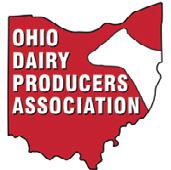
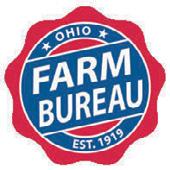



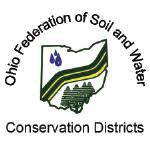
OACI was formed to accomplish two key goals:
» Assess far m practices in Ohio to better understand current on-farm conservation and nutrient management efforts.
» Create a new, voluntary certification program for farmers to promote continuous improvement and increase adoption of best management practices to improve water quality in the Western Lake Erie Basin.
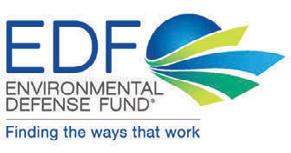
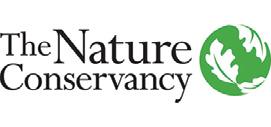
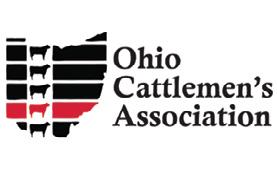




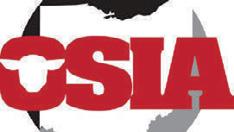
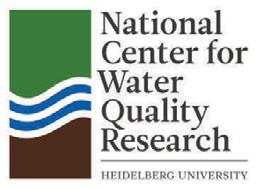
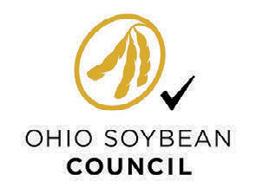
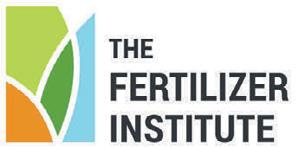
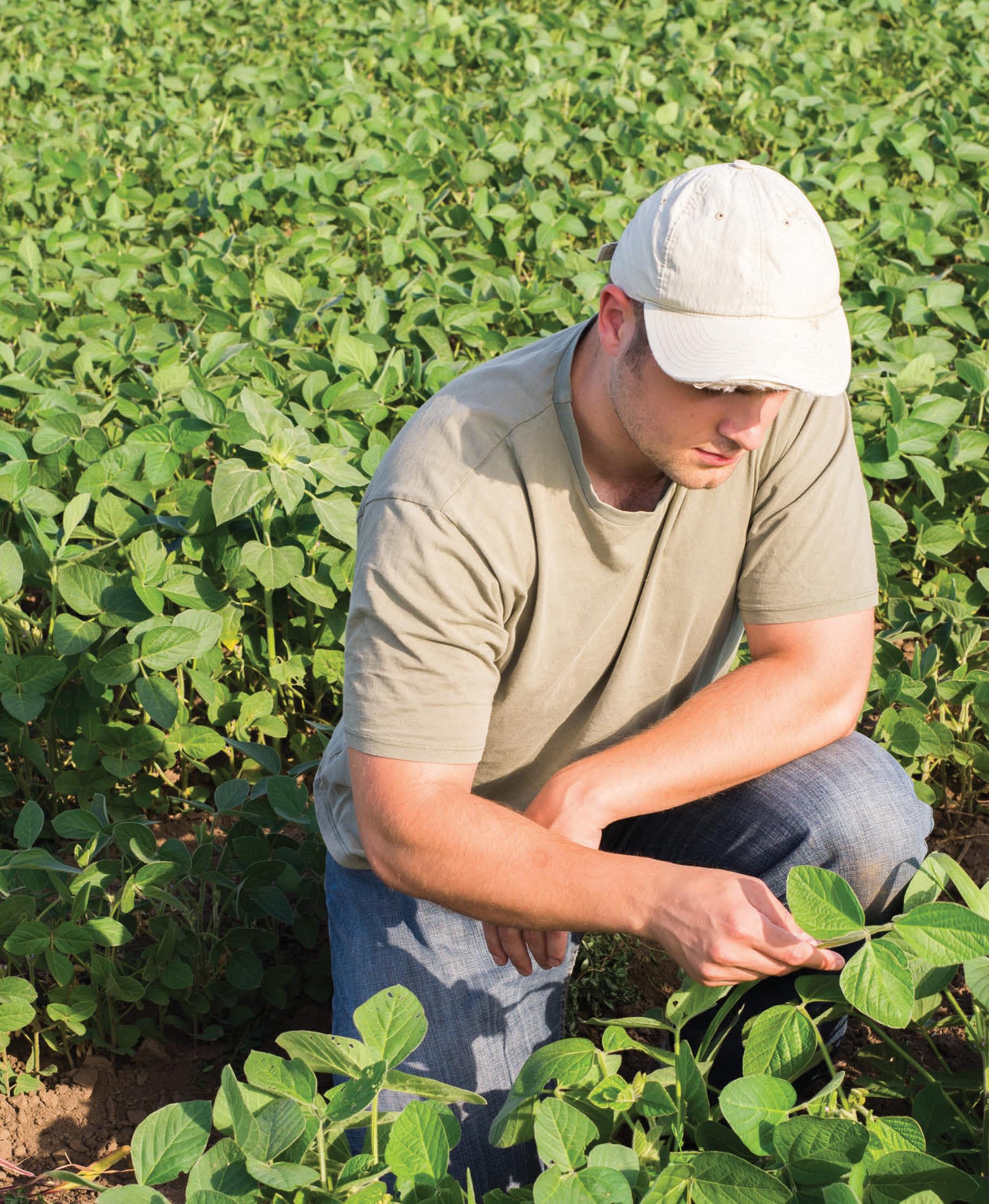
Your Grain. Your Name. Your Grain. Your Name.
As direct delivery to a third-party grain elevator becomes more common, remember to go back to YOUR contracted elevator and get a grain ticket – electronic or hardcopy –with YOUR NAME. If your licensed elevator becomes insolvent, you will not have a claim with the Grain Indemnity Fund unless your name is on the ticket as the depositor.

For more information scan the QR Code or visit agri.ohio.gov/wps/portal/gov/oda/divisions/plant-health/grain-warehouse-feed-and-seed.
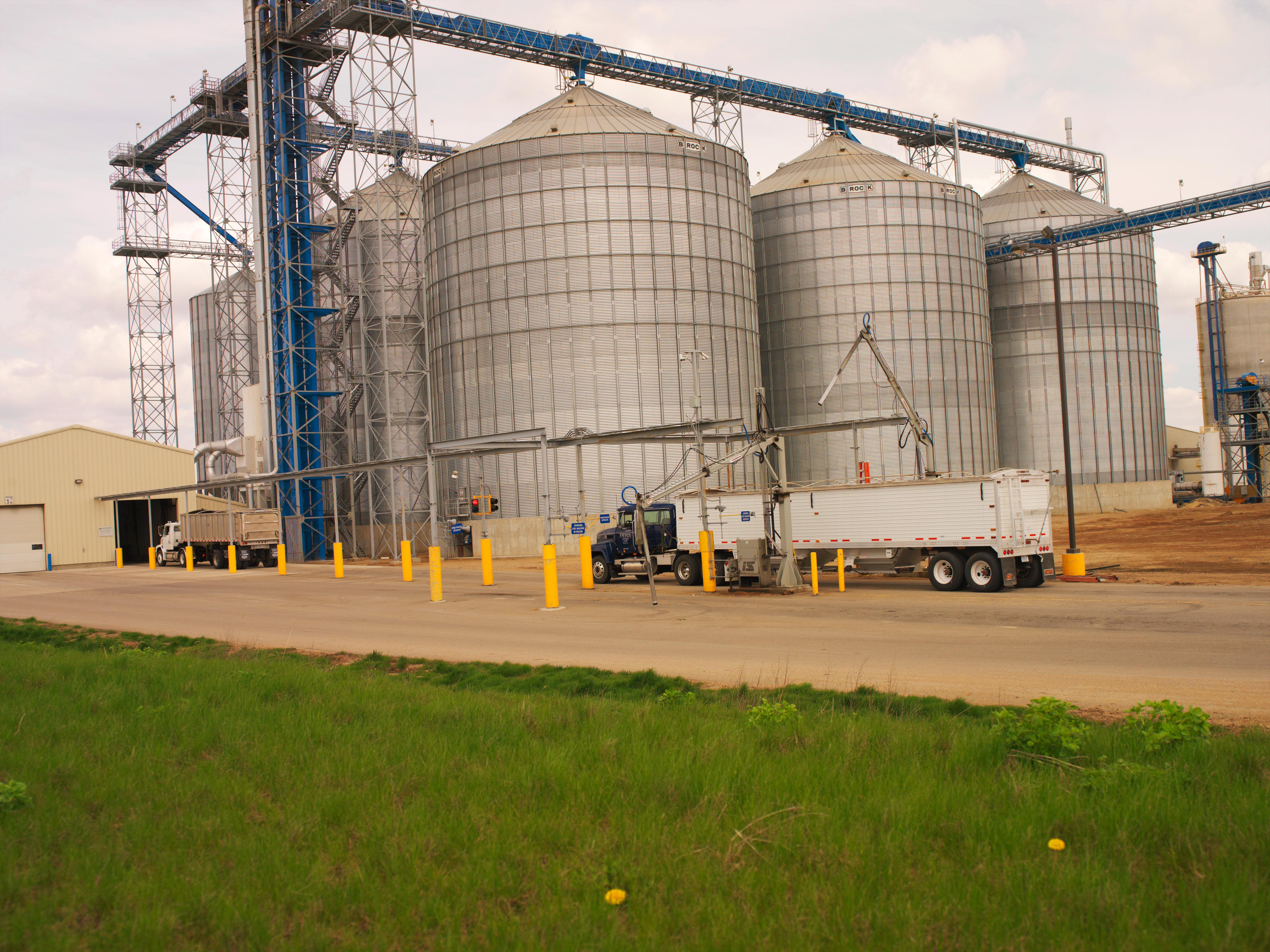

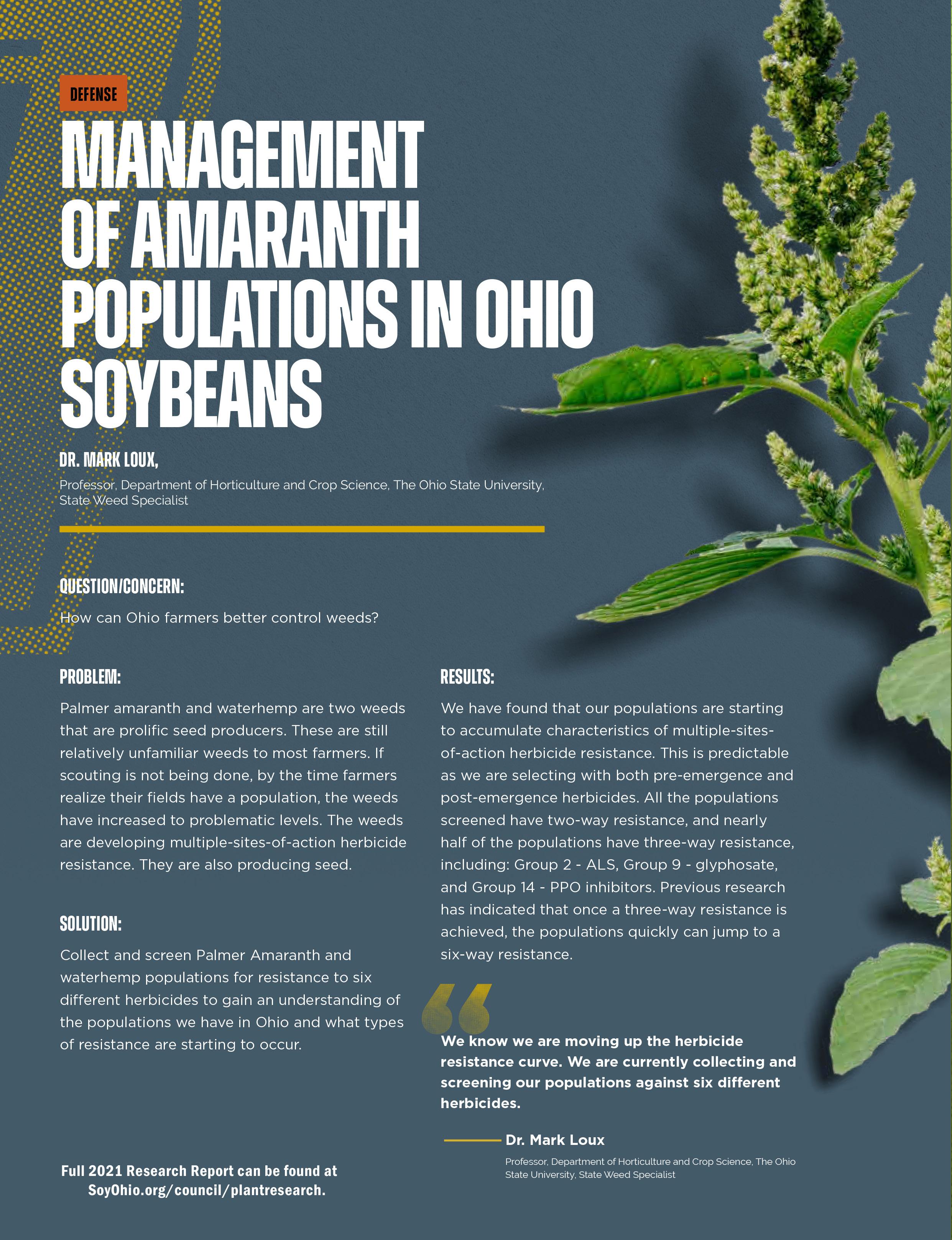


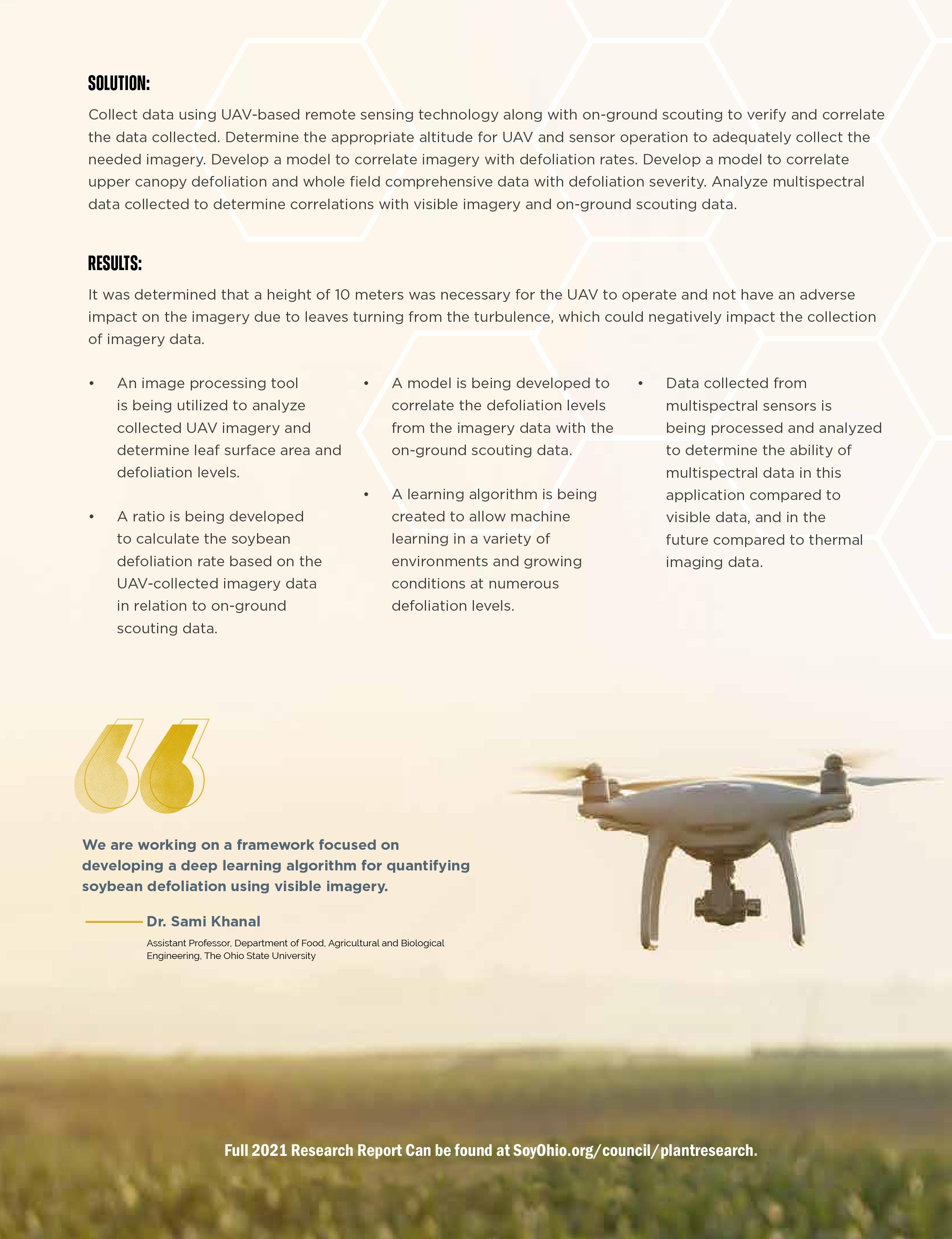
“ My soybean checkoff investment means that farmers are willing to invest in our future. It makes me feel like somebody’s out there putting their best foot forward for me. I can’t be two places at once. I can’t run a farm, raise a crop, reach out globally and prove to people that I grow a great product.”
-WADE MCAFEE, DELAWARE, OH
We know you can’t be everywhere at once. By investing in the soybean checkoff, farmers can concentrate on running their operations while the Ohio Soybean Council works to increase global demand, improve yields and create new opportunities for future generations.
Learn more at SoyOhio.org/HereWeGrow.
